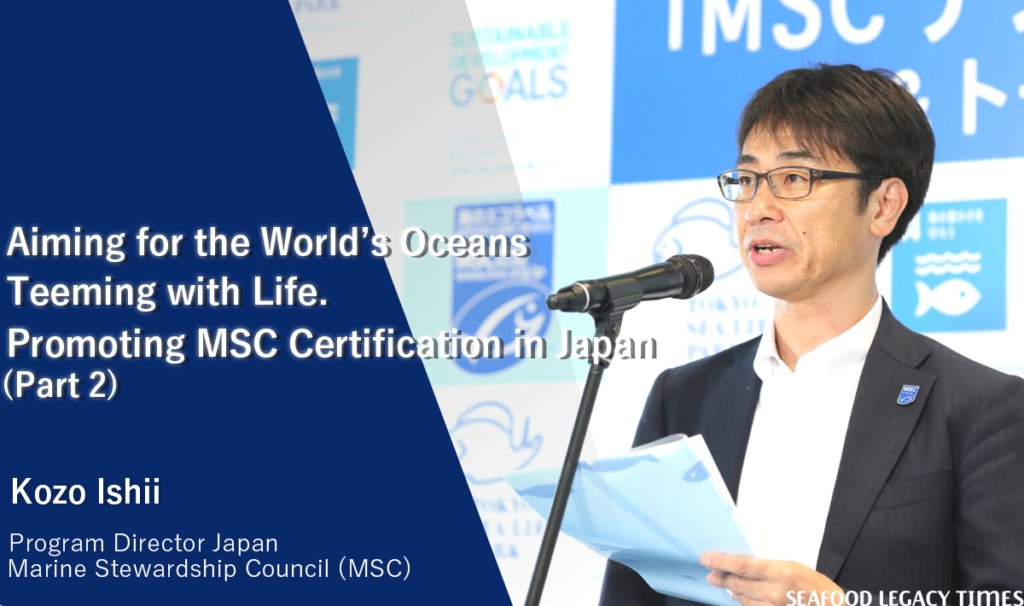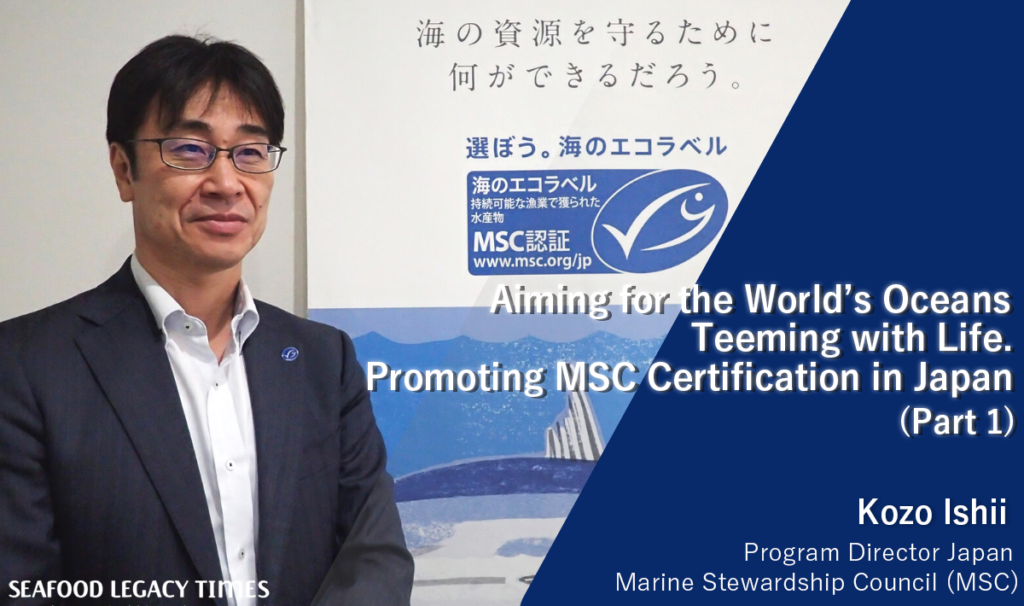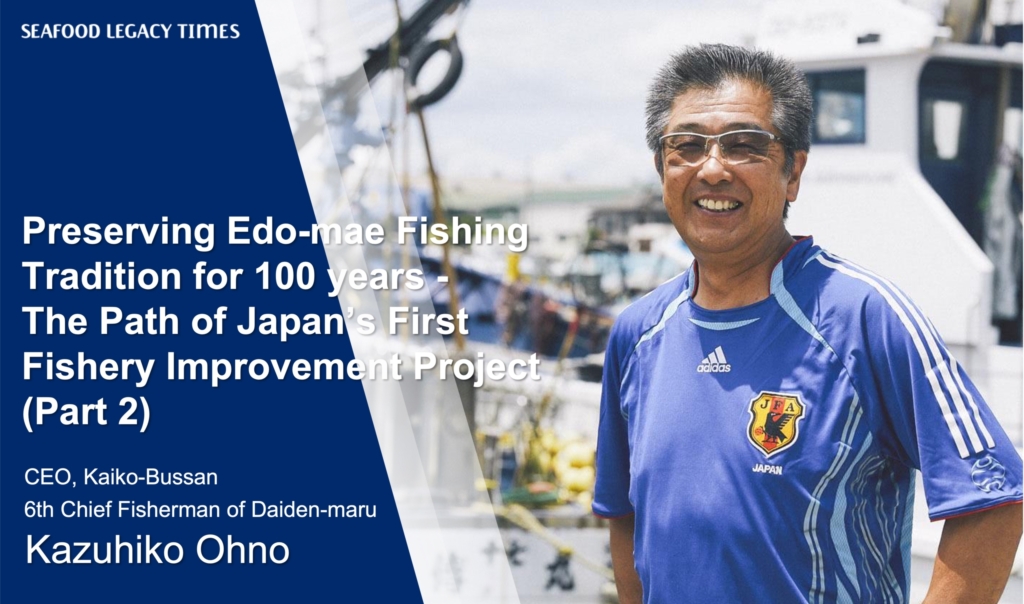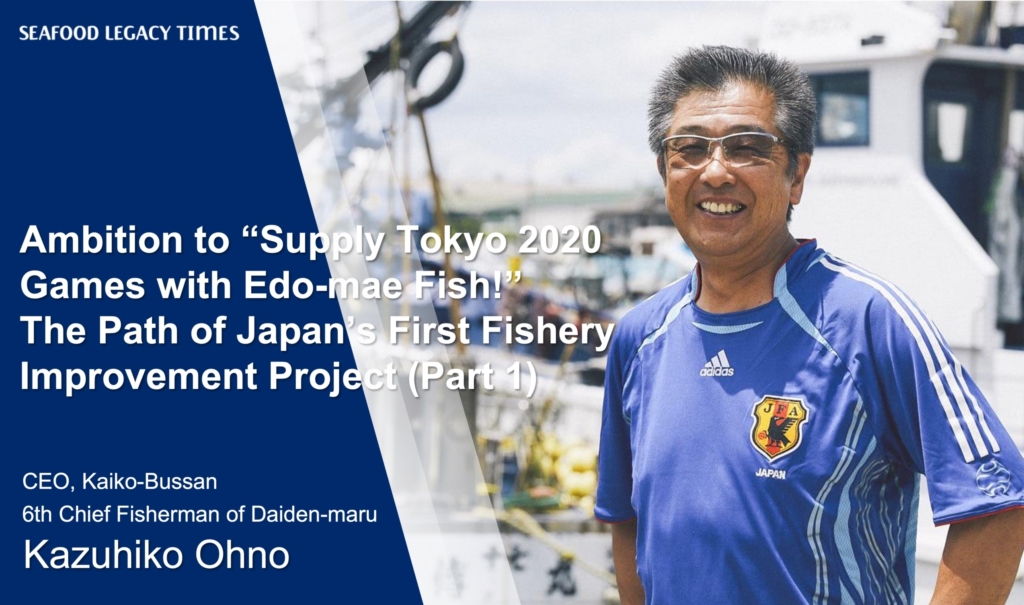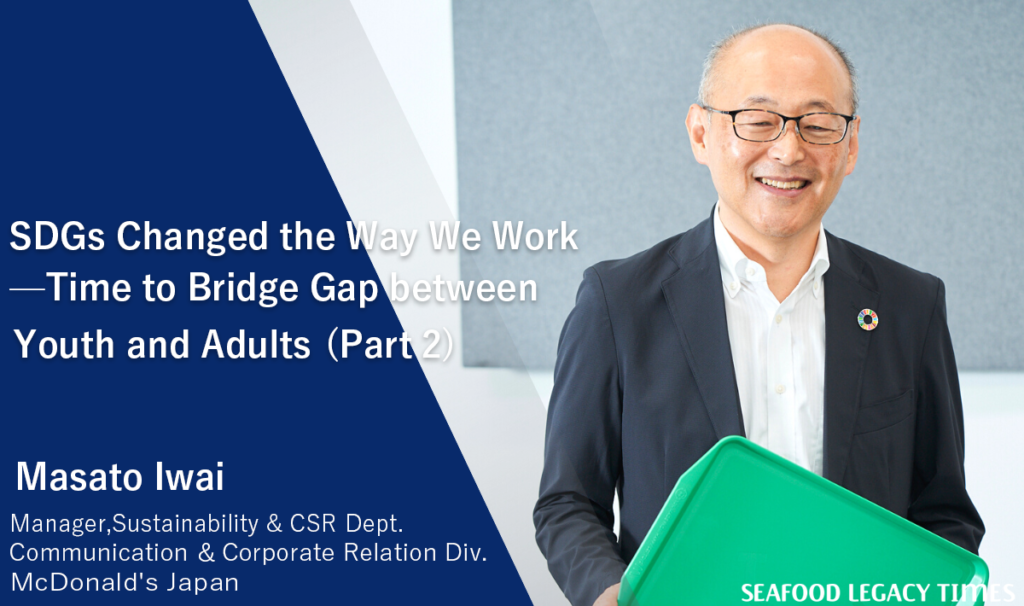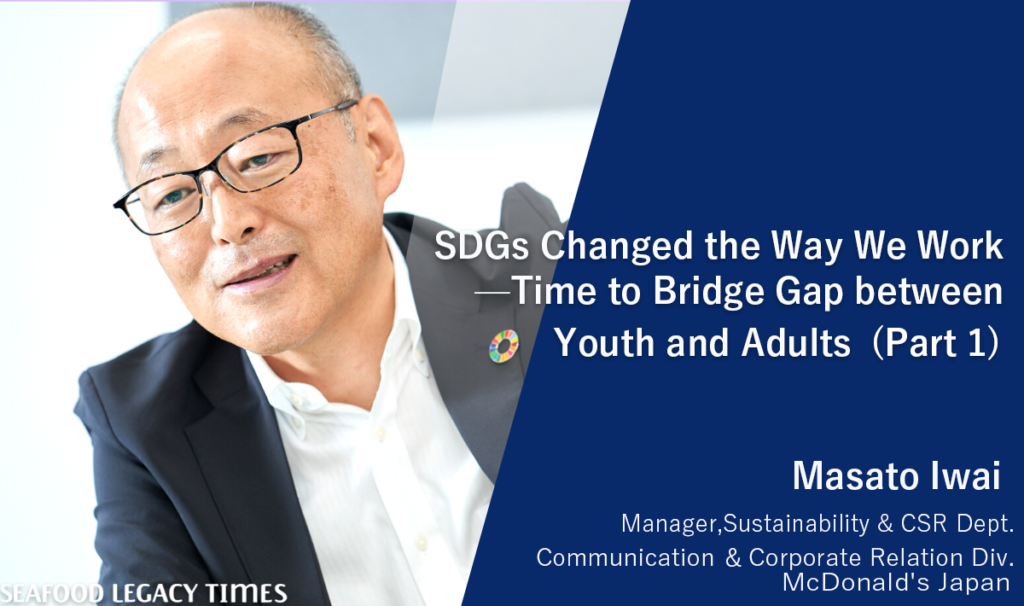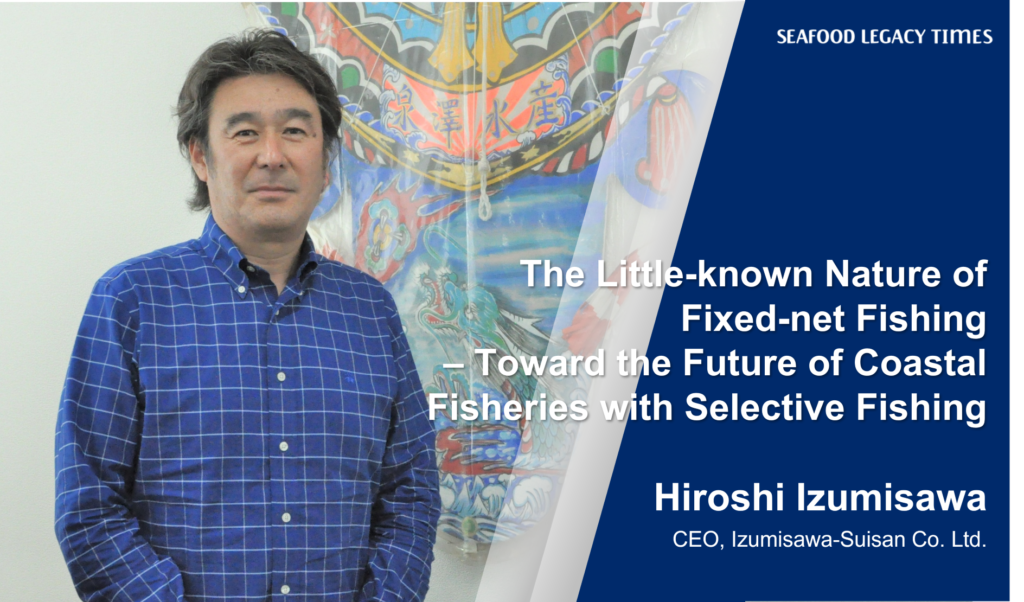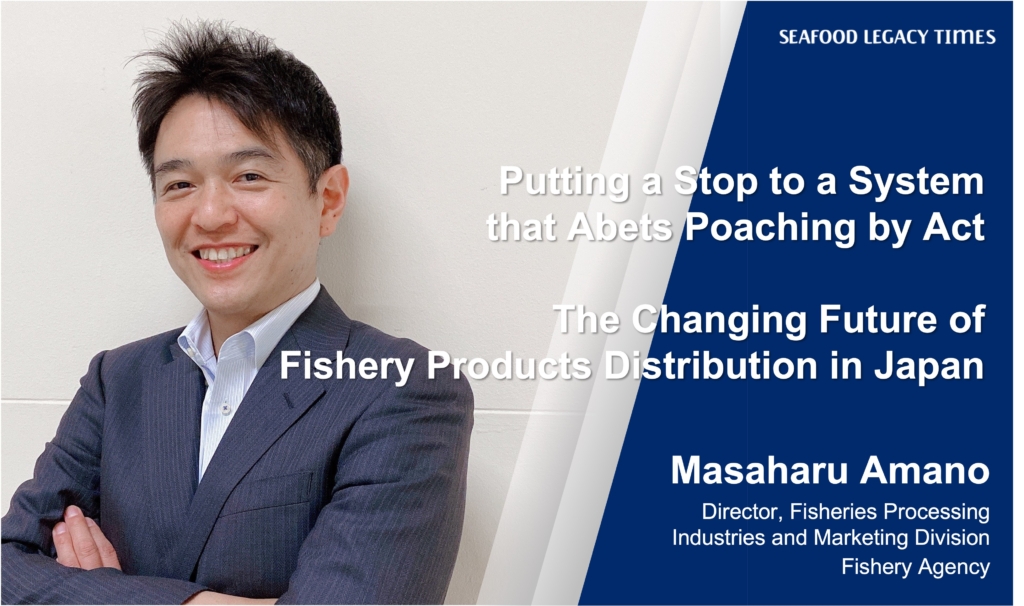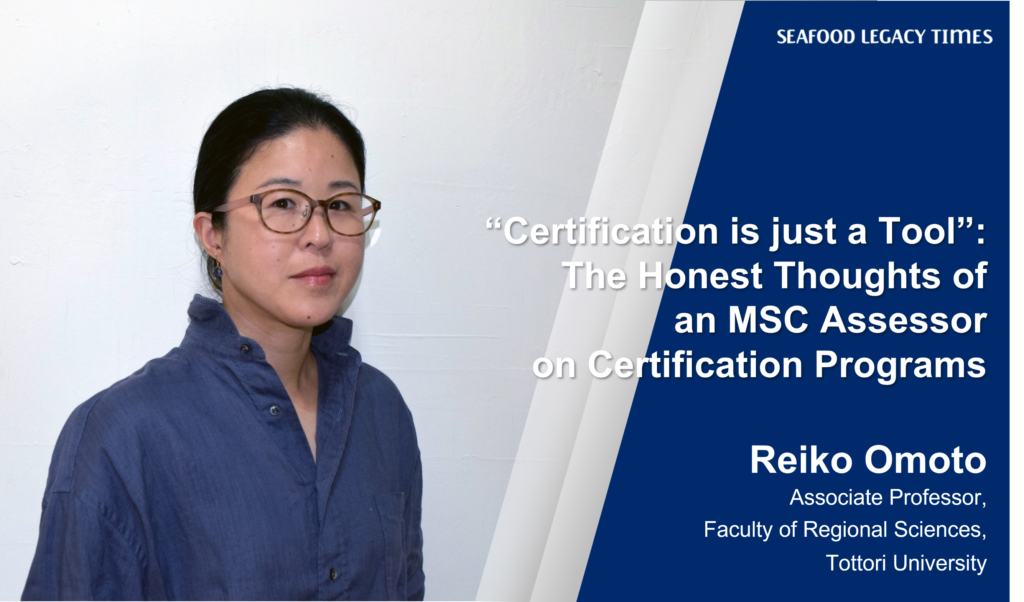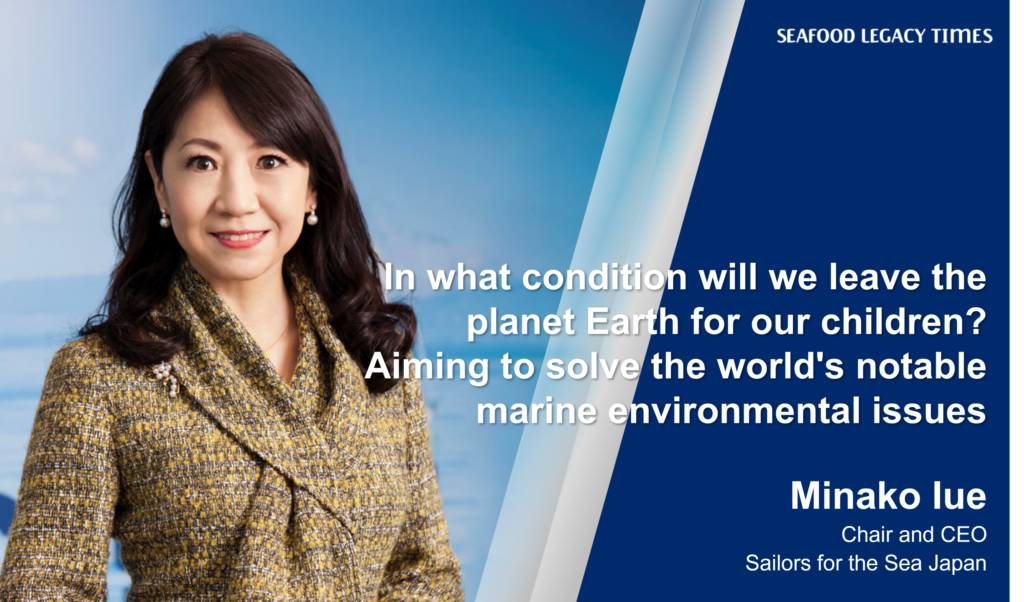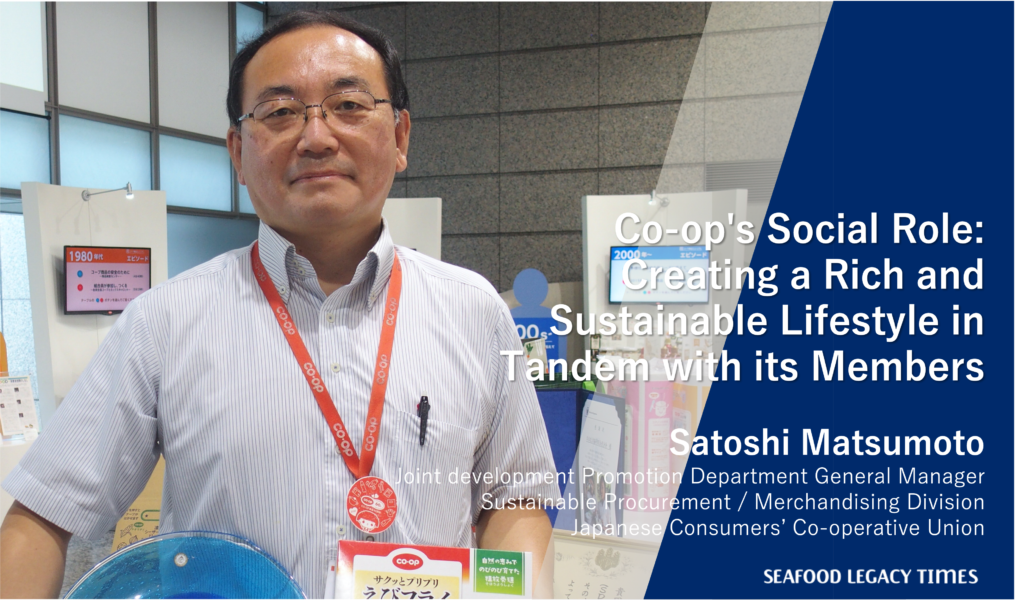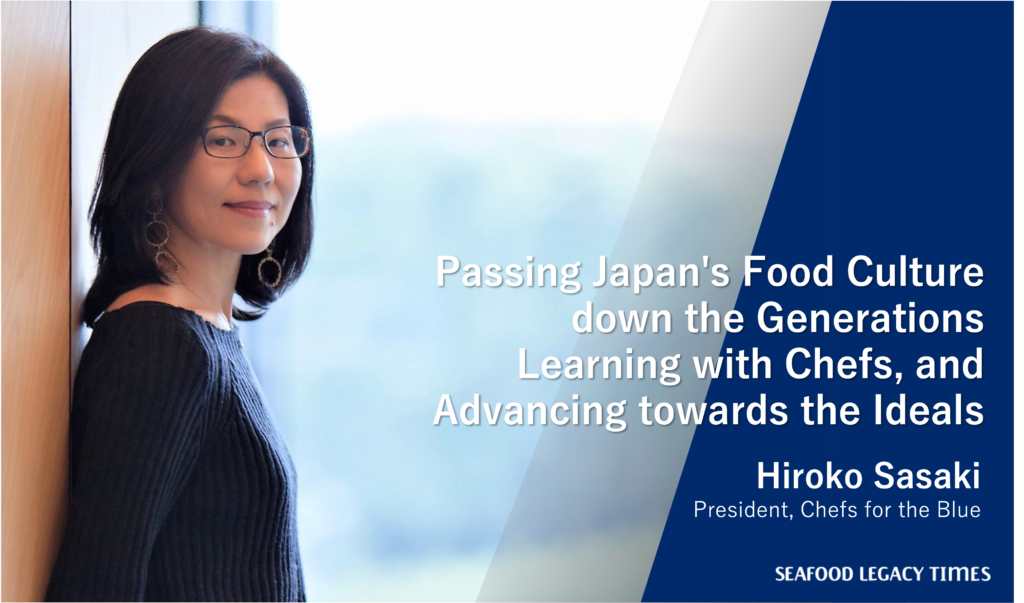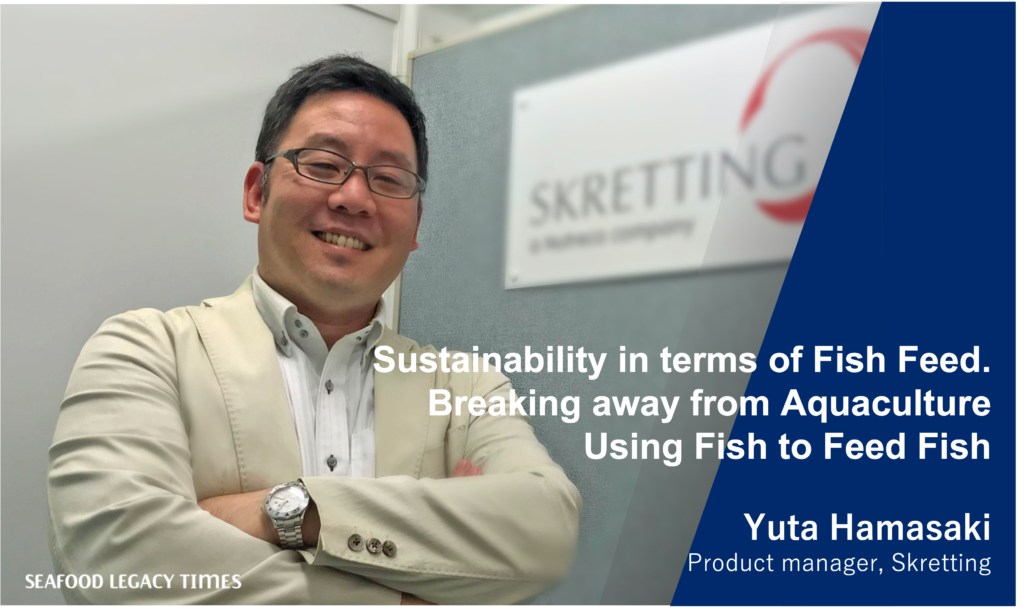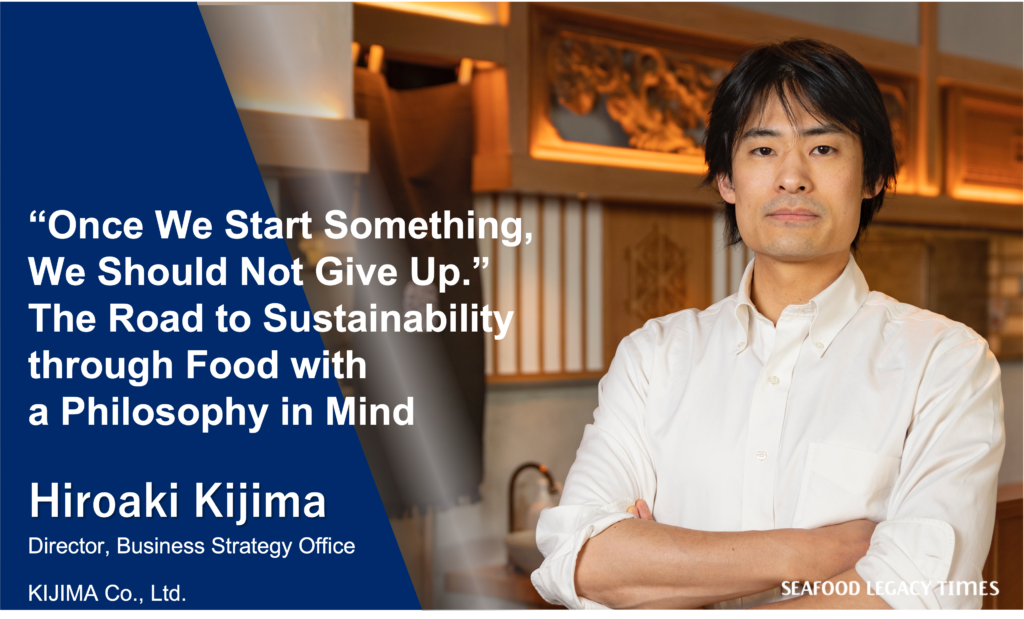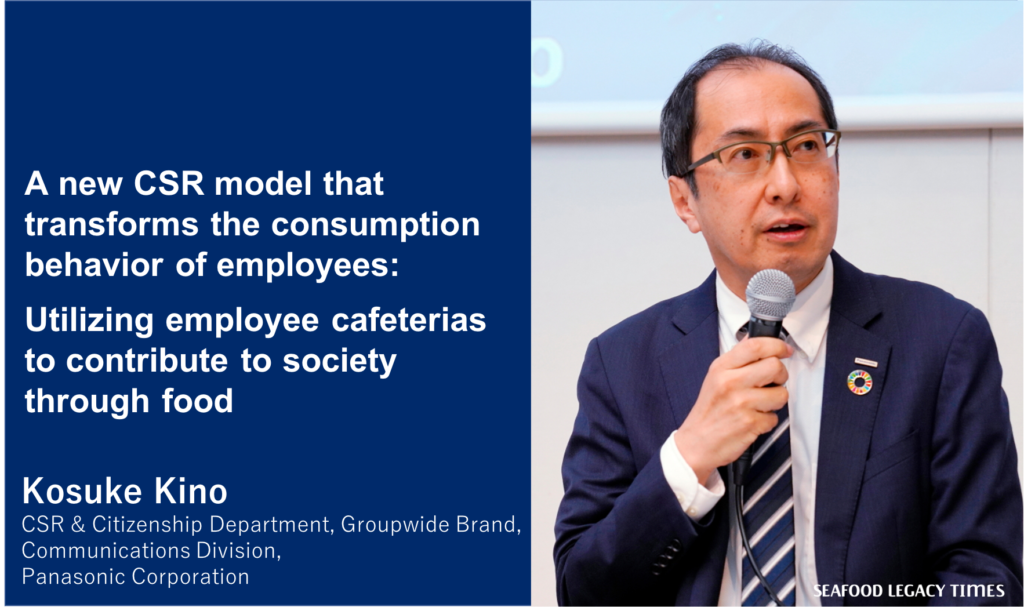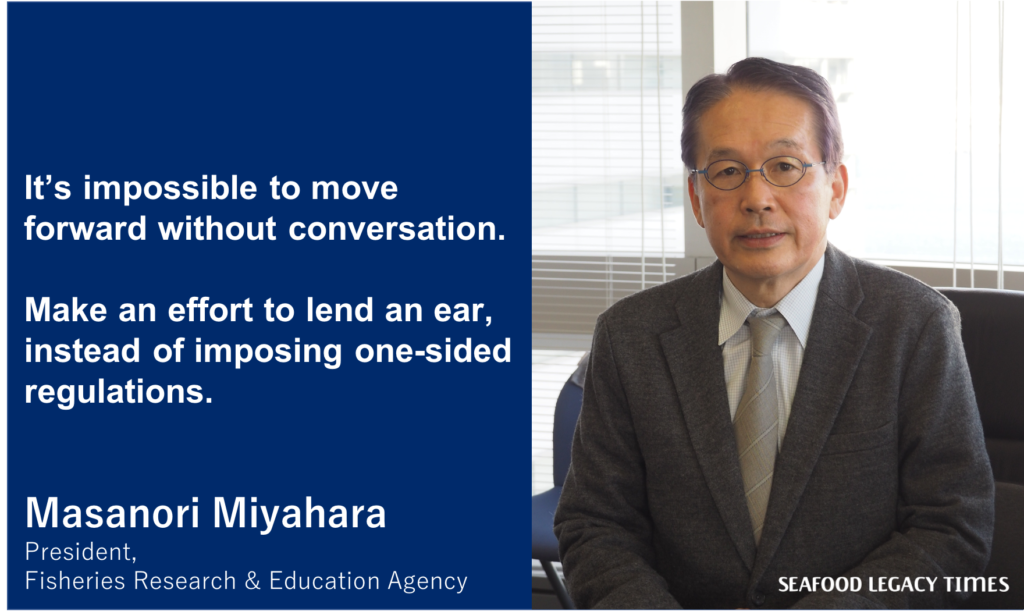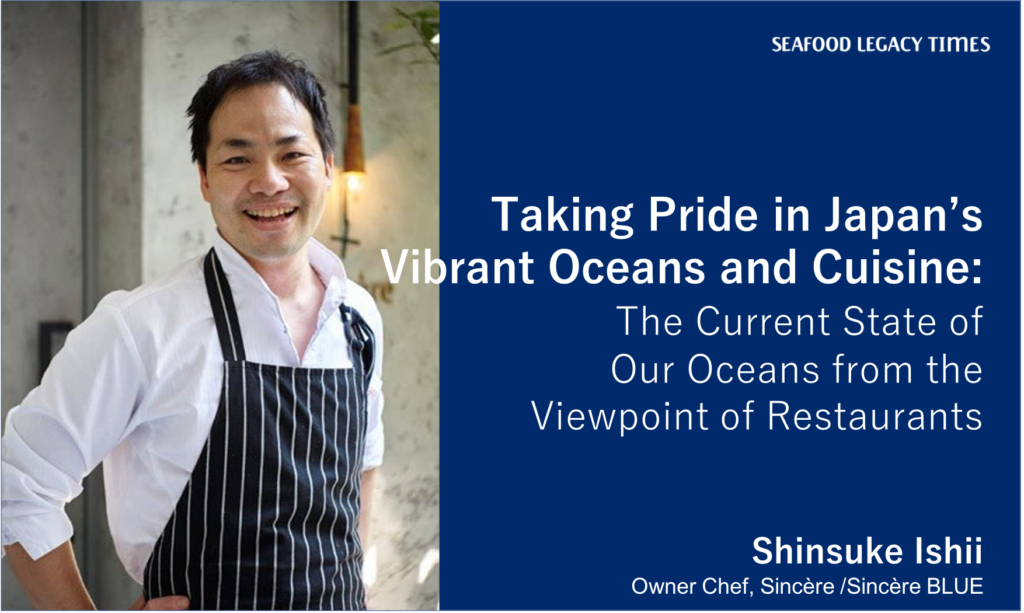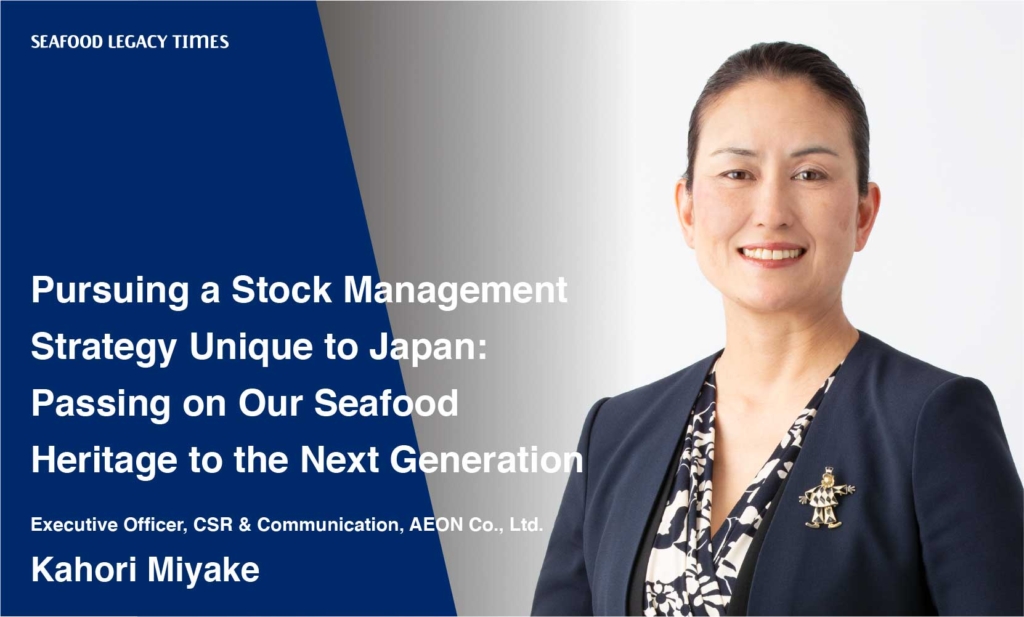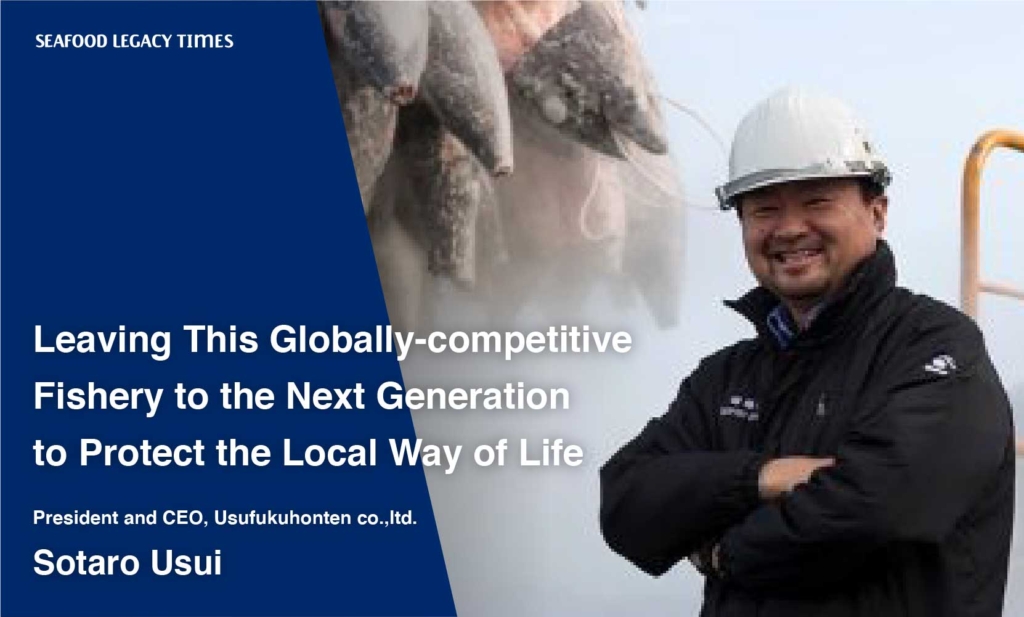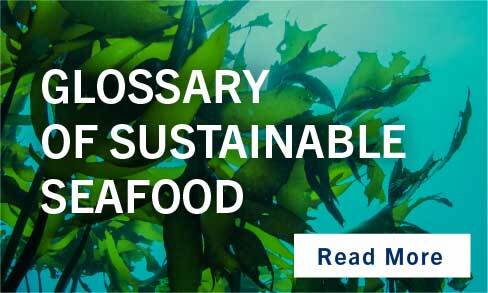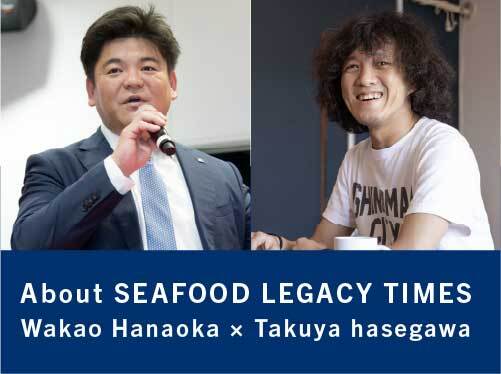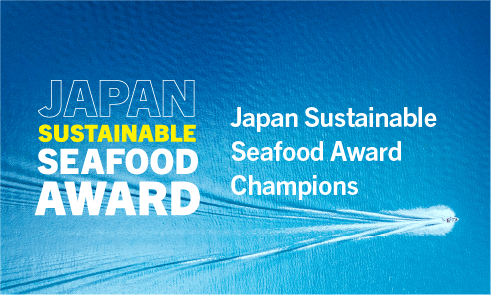
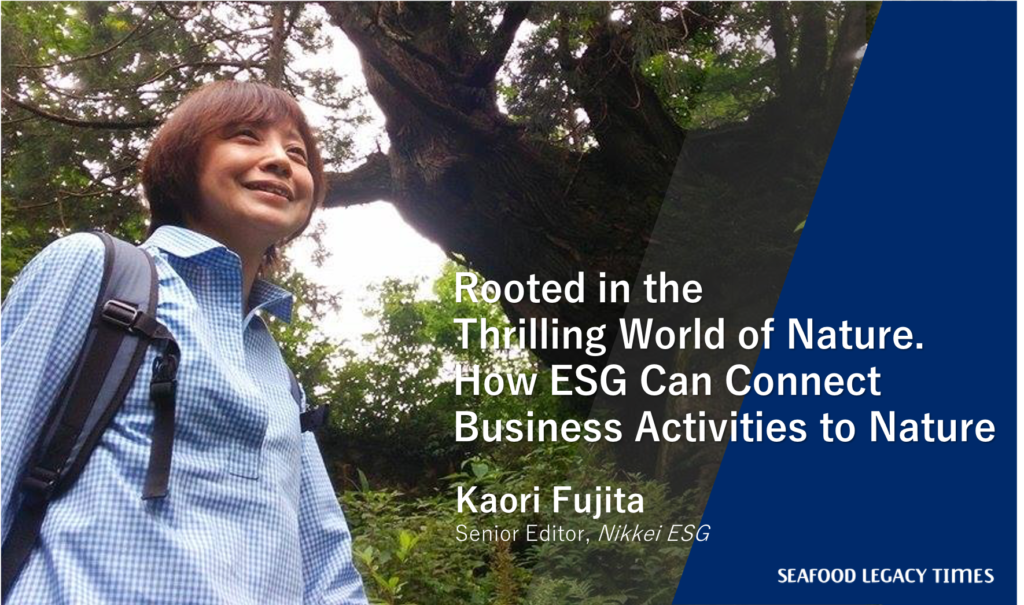
Ms. Kaori Fujita, the senior editor for “Nikkei ESG”, a business magazine that focuses on “Environmental, Social, and Corporate Governance (ESG)”, which has become an indicator of a company’s potential to grow sustainably. Other than being an editor for the magazine, she is also jointly involved in producing the “Nikkei ESG Business Forum” as well as planning and managing the “Tokyo Sustainable Seafood Symposium”, the largest international symposium on sustainable seafood in Asia.
What is rooted in Ms. Fujita’s perspective on “Nature × Business” that has created many new jobs in the space? We interviewed Ms. Fujita to find out what the sea and nature means for her.
──Please explain about Nikkei ESG, and what you do at Nikkei ESG Business Forum.
I report environmentally and socially conscious initiatives mainly organized by corporations and relay information that promotes behavioral changes for creating a sustainable society. In addition, I also run a forum that connects individuals and businesses that I meet during interviews, for not being one-sided.
I put effort into facilitating networking events, because I love witnessing the moment when something new happens by people connecting and cooperating with each other. New initiatives are definitely born from people. Interactions among passionate people will generate new opportunities, and encourage changes on the management level in many cases.
When I talk to people, ideas that “It would be fun to execute” also blossom in my head. I started my first initiative in the year 2010. When “COP10 (Convention on Biological Diversity – 10th Session of the Conference of the Parties)” was held in Nagoya, I came up with the idea to run a side event to directly inform UN officials of the initiatives taken by Japanese companies.
I thought that since a biodiversity-themed United Nations conference is going to be held in Japan, I wanted to run something related to “Biodiversity × Japanese companies”. Through my interviews, I managed to make acquaintance with the Executive Secretary for the UN Convention on Biological Diversity as well as various Japanese companies. It was then that I got this crazy idea to run the side event inside the venue of the Convention itself instead of somewhere nearby, for maximum impact.
Having gotten that idea, I got inspired about what to do next, and whom I ask for realizing my plan. Soon I negotiated directly with the Executive Secretary and asked to do a keynote speech and presented to the private sector the advantages of participating in the event. As a result, 55 companies contributed articles about their biodiversity initiatives. Thus I could publish a book called “Primer of 70 Corporate Case Studies of Biodiversity Initiatives” before COP10 and went to the venue of the Convention. On the day of the Convention, I facilitated the speeches in English nevertheless I had gotten not much experience. .
It was really fun to struggle to realize what I came up with. Witnessing the results of my efforts in connecting people bloom and seeing the light of day made me realize how my seemingly petty actions could start a movement. After that, I continued to set up various other projects.
In 2020, together with the textbook publisher Tokyo Shoseki Co., Ltd., we produced a book called “SDGs Supplementary Textbook for Children” that explained the UN’s Sustainable Development Goals by using products sold at convenience stores as examples and distributed 100,000 copies to elementary and junior high schools all over Japan.
Furthermore, I also organized face-to-face Breakfast and Dialogue Sessions with the Chief Investment Officer of the Government Pension Investment Fund (GPIF) — the largest public fund investor in the world — and the Presidents & Chairpersons of around 20 large world-class Japanese corporations for 3 years from 2017–2019. As it is tough to get the interest of the Chief Investment Officer, the Presidents, and Chairpersons, I organized it in a way that was appealing to them and made it happen.
All of these projects started with fateful encounters with just one person. Those encounters triggered ideas of “it would be great if…” and prompted me to do it.
Things that I thought were impossible to do came to fruition without noticing. Looking back, I realize how much I love the process of organizing such events.
──Ms. Fujita, what gave birth to your passion towards building a “Sustainable Society”?
Actually, it’s not as noble as that. To sum it up simply, it all started from my “love for nature”.
However, it’s a bit different from wanting to “protect adorable creatures” or “conserve Mother nature”. It’s more about feeling that I am just a small piece in the face of nature, which translates into reverence and even fear for nature.
I just love discovering new things such as getting experiences that make me feel that I’m a part of nature, stepping into the unknown and seeing sceneries I have never seen before, and getting to know the interesting people living there. Additionally, I actually prefer inanimate objects like rocks and snow. I have even climbed mountains alone to be amongst pristine nature. It’s like an adventure.
With adventures comes anxiety. While a mountain may not be totally unexplored by humans, it is my first time stepping foot there. The sense of achievement I get from that is not just the simple joy of reaching the goal but more like the only way for me to attain “self-affirmation” and feel alive. When there is a storm, you have to stop and might even get hit by lightning. If you encounter a bear, your life is in danger. There is fear every step of the way, which makes it difficult to think of nature as cute.
In other words, it’s “coexisting with nature” which may sound cliche, but I like the feeling of living a primitive life. It’s also not really about “conquering my fears” but more about reflecting on my existence through my confrontation with the omnipotent Mother Nature. I love the small things like enjoying a good cup of coffee while rejoicing in the fact that we reached the peak of the mountain.
I think being born and brought up in Toyama greatly influenced my appreciation for nature.
Home to the Tateyama Mountain range (or “Northern Japan Alps”) and Toyama Bay, Toyama also has bitterly cold winters and heavy snowfall. I loved the early signs of the violent snowstorms. Aptly referred to as “General Frost”, violent seasonal storms from the northwest that seem strong enough to rip apart our homes would hit us at night, instilling fear for Mother Nature from a young age. Just think of something dangerous that is extremely intimidating but thrilling and fascinating at the same time. That is the basis of my motivation.
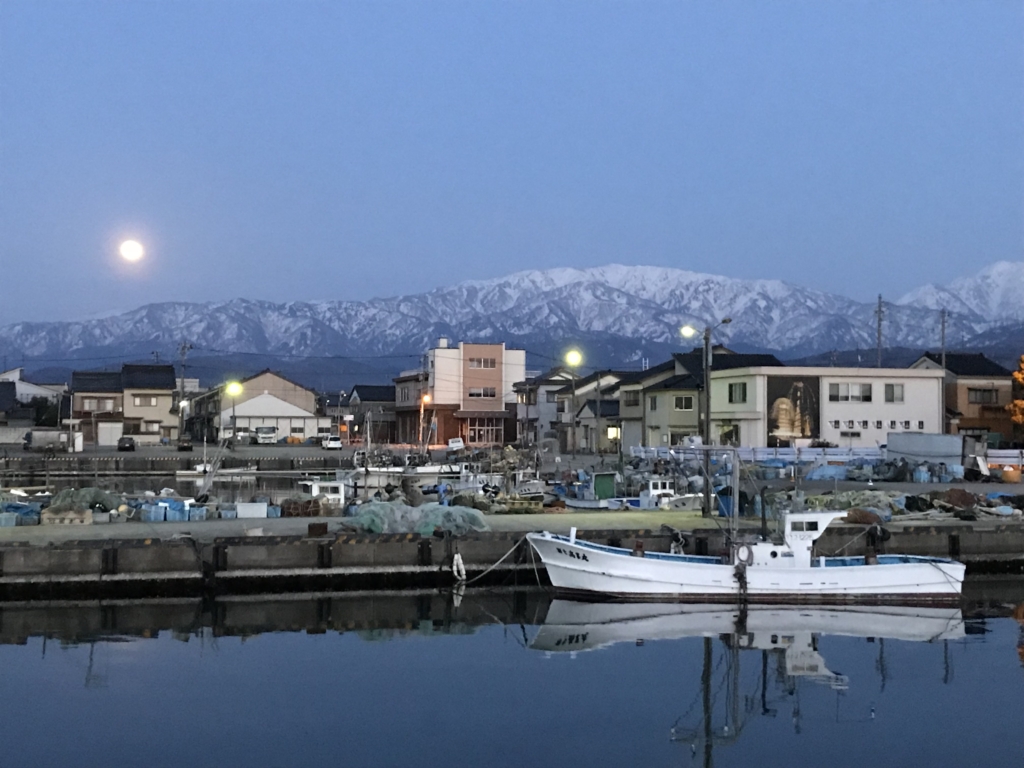
──And how did you connect your love for nature to work?
To be honest, I didn’t realize my love for nature in the beginning. So, it had no connection with my work.
As a student, I was more excited and fascinated about outer space and science, so the most obvious field to enter was physics. However, what I learned in physics at university were subjects like quantum mechanics, which dealt with things that can’t be seen with the naked eye, far from the “stirring and thrilling sense of reality” that my heart yearned for.
Then, while searching for a job, I realized that I was good at explaining difficult subjects in a way that is easy to understand. Hoping to break down scientific concepts and relay them to laypersons, I decided to work with Nikkei Business Publications which reported scientific media.
My awakening to nature began after I started working and encountered climbing mountains . I was impressed by the movie about the mountaineer Naomi Uemura, and enchanted by the beauty of the mountains portrayed in its scenes. During the same period, I was invited by a friend and climbed Mount Tsurugi (in the Northern Japan Alps), despite the fact I had never gone mountain climbing before.
It was extremely fun while many would say it is a reckless thing to do for a beginner,.and I realized how much I love the mountain and rocks through this experience. After that I devoted myself to mountain climbing, attending mountaineering classes and eventually became capable enough to climb on my own.
Mountain climbing changed my impression of Toyama. At first I didn’t really like it because it was always dark, but I realized that there are so many mountains that can be climbed and that the Northern Alps are amazing .
During the summer of the 3rd year since starting my job, I climbed the Northern Alps from Nagano on my own, traversing through Mount Hotaka and descending in Toyama. The more I climbed, the more I was hooked to the mix of fear and excitement that came with mountaineering.
2-1024x821.jpg) Ms. Fujita climbing a mountain
Ms. Fujita climbing a mountain
Nevertheless, once I descend and return to Tokyo, there’s work waiting for me. Regardless of how much self-affirmation I attained in nature, reality pulled me back in as I got scolded for not doing my job properly, making me feel pathetic. Moreover, I worked for a magazine reporting on electronic technology whileI began yearning to work on something related to nature, so I felt stressed with the gap.
So, I thought about taking a leave of absence from work or going to a university in the US to study geology, and going backpacking, but I. could not find the courage to resign.
While I was battling with those thoughts, discussions about producing the Japanese version of the “National Geographic”—a magazine that reports on nature and culture all over the world—were brought up in the company. Believing that it was close to what I had dreamt of doing, I transferred to their editorial department.
——Work related to nature, your dream job. Were you able to do what you yearned to do there?
That job was close to what I wanted to do. It was fun to produce magazine articles together with adventurers and photographers who lived among nature and I got more opportunities to visit and collect information on nature spots all over Japan in person.
Gradually, I began to take interest in the sea and woodlands instead of just the mountains. I developed a strong interest in the elderly who lived and coexisted there.
-1024x771.jpg) Ms. Fujita’s article in National Geographic Japan (Shirakami-Sanchi)
Ms. Fujita’s article in National Geographic Japan (Shirakami-Sanchi)
However, I was later transferred to the editorial department of “Nikkei Ecology (Current Nikkei ESG)”, a magazine reporting exclusively on the environment and CSR. While I loved nature, I was not well-versed in business management. In my desperate attempts at coming up with ideas to connect my work with my love for nature, I made a proposal about “the importance of biodiversity and nature in corporate environmental strategies” and wrote an article about it in the environmental finance magazine.
Unfortunately, at the time, very few companies were interested in nature. While they may have taken measures to reduce waste or energy consumption, very few companies took serious initiatives to protect nature and biodiversity. The companies that could afford it donated to such efforts, and that was it. Even though all business activities are inherently founded on nature, making nature an important part of doing business, it is difficult to gain their understanding when their business is not directly tied to nature.
As I continued to write articles little by little, AEON Co., Ltd became the first large corporation to take the initiative as a business that is deeply dependent on nature. In 2006, AEON Co., Ltd. started selling sustainable seafood. Other industry participants also started taking action. For example, paper manufacturers and home manufacturers started using sustainable FSC-certified paper and wood.
Driven by social changes, my dream to cover topics focusing on business and biodiversity was finally materialized. At long last, I found a fragment of the connection I had been looking for all that while.
Initially, my intention was not to change corporate behavior, but connections have gradually emerged between my previous work and businesses with the changing times.
──Ms. Fujita, you mentioned mountains as your favorite form of nature but you appear to be also quite dedicated to activities related to the sea, such as TSSS. What is the sea to you?
If the mountain were my lover, the sea would be my childhood friend. My hometown is a port town called Uozu in Toyama. Located a few minutes’ walk away from the sea, more than half of my classmates came from a family of fishermen. It was just always part of my life without any particular affection. So, I was not really interested in the sea.
I only realized that “fishermen are the humans coexisting with nature” after I began writing the article on AEON. While I had been climbing mountains to be among nature and moved by people who coexist with nature around Japan through my interview, I totally forgot that I lived among people who made a living out of that very act.
Fishermen are really amazing. When I return to my hometown and stay up late, I would hear motors roaring at around 2 AM. I thought it was my home refrigerator being noisy, but it was actually the sound of fishermen taking their boats out to sea. I had never even thought about that before.
In the bitter cold, they change into their work clothes at 2 AM and set out for the sea. When I think of that, it made me feel ashamed for writing “Nature is important” without actually taking any action myself and this instilled respect in me for them.
Later when I began to participate in local festivals in my hometown, I was able to get to know more about the fishermen. During the festival, huge floats that resemble boats are pulled and moved along by large groups of people. I have volunteered to pull the floats for the past 5 years. While I don’t get to see fishermen working at sea, I get to appreciate how awesome they are when I participate in the festival. It is also fun to join the “Naorai” feast after the festival, in which we lay straw mats on the street and drink sake together.
On the other hand, having deeper relationships with them also made me aware of their trials and worries. The lack of inheritors, aging, and the decrease in catch volume, for example. I wanted to do something to help Uozu’s sea, and I started to focus on rural revitalization and the local fishing industry too.
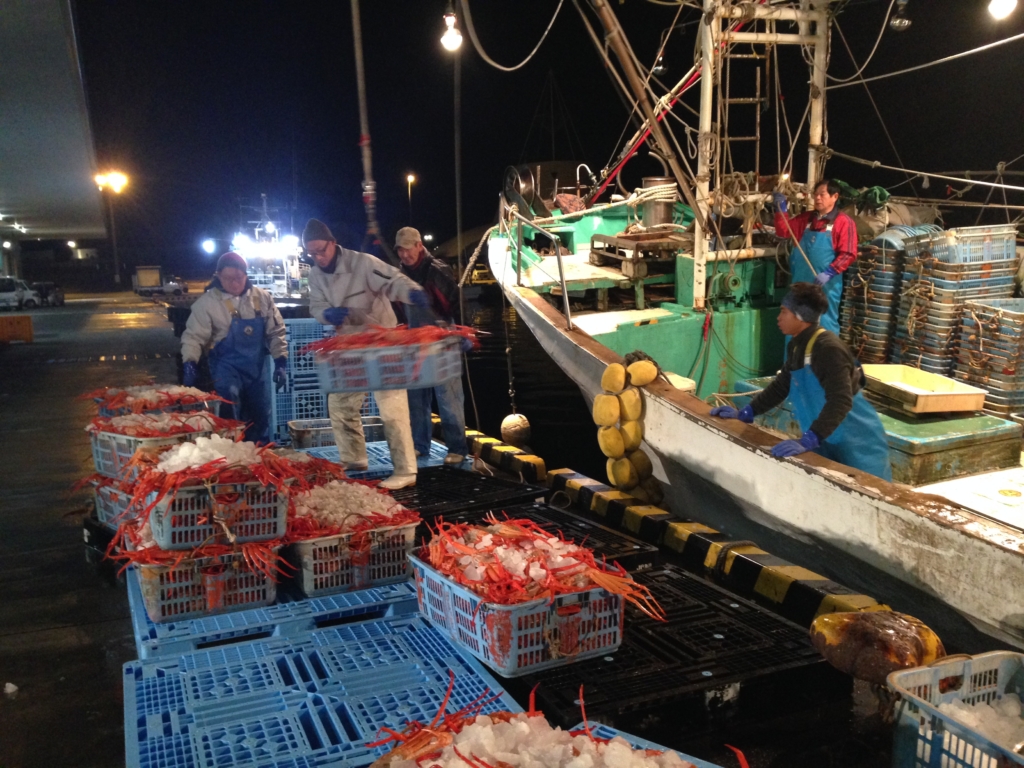 Crab Catch at Uozu Fishing Port
Crab Catch at Uozu Fishing Port──So, it was the perfect timing for you, who held onto the philosophy of “love for nature” and combined your unique skills with your job. Ms. Fujita, what kind of symposium is TSSS to you?
Yes. As more and more business activities became tied to nature at a rapid pace, ideas of various thematic events kept rushing into my mind.
One of those that came to be was TSSS. It was 2015 when Wakao Hanaoka, who had become independent from an environmental NGO, came to me to discuss “organizing a symposium focused on sustainable fishing”. For most businesspersons, fishing was none of their business. While I thought it would be difficult, there were supermarkets like AEON selling sustainable seafood, and trading companies as well as logistics companies that have direct connections with the fishing industry.
Moreover, half of the global seafood production is from natural sources. Seafood is one of the only types of food that humans are still regularly consuming by hunting and gathering. I also believed it was the perfect theme to start the discussion on the relationship between humans and biodiversity. As I started to organize the symposium, getting retailers and fishing companies involved as well as asking key persons and corporations to hold talks, the plan started becoming more concrete.
Marking its 6th year in 2020, TSSS spread by word of mouth and we now have more than 100 speakers, making it the largest sustainable seafood symposium in Asia. In 2020, apart from sustainable production and consumption, we also organized a large variety of sessions including food security, resource management, illegal fishing prevention, digital transformation of the fishing industry such as smart fishing and blockchain solutions, workers’ rights, acquisition for chefs and staff cafeterias, rural regeneration, ocean plastics reduction, ESG ratings by financial institutions, and more. The fact that the “seafood” and “sea” theme was connected to so many industries was a revelation to me as well.
I am truly grateful for all the people newly connected with me through TSSS, which was a small idea at first.
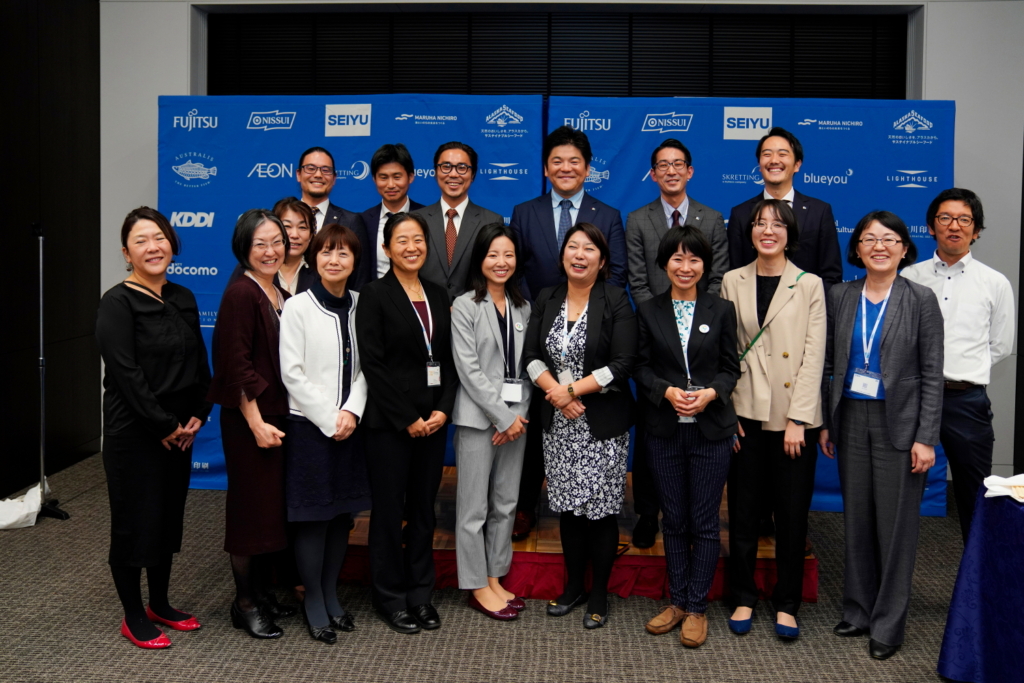 Together with the organizing team members of TSSS 2019. Ms. Fujita is the 3rd person from the left on the front row
Together with the organizing team members of TSSS 2019. Ms. Fujita is the 3rd person from the left on the front row
──Please tell us what you want to focus your efforts on in the future and what you think needs to be done in your position.
What I have found in recent years through my interviews and research is that financial institutions are starting to think seriously about natural capital. In particular, ESG investing has been booming in recent years, which is what ultimately prompted us to change our name from “Nikkei Ecology” to “Nikkei ESG”. As global warming becomes more commonly discussed, I believe investment in natural capital will continue to accelerate.
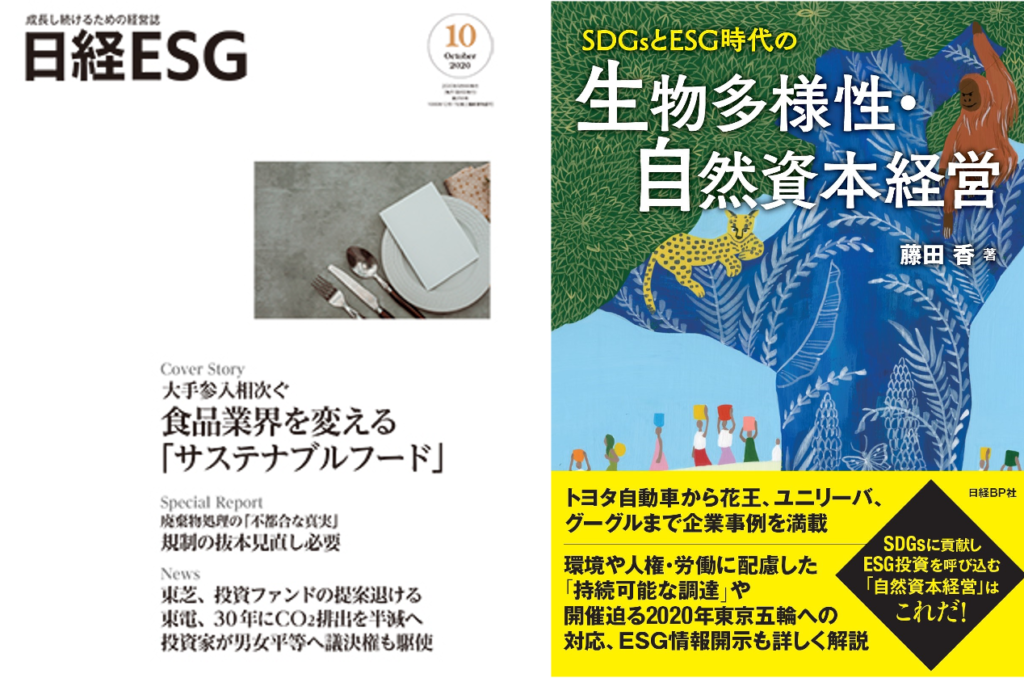
While we have been advocating the importance of conserving nature for decades, society has finally caught up with us on this mission. Financial institutions have started demanding that companies disclose their dependence on natural capital and impact on the environment, evaluating them based on that. As we further incorporate nature—that had been wrongly thought of as “free of charge”—as valuable resources in our economic activities, businesses and society will surely be more responsible in preserving nature in their business. I want to create that kind of economic trend.
For my personal goals, I aim to take more action myself. While my activities that include connecting people and organizations to organize big projects, writing articles, and giving talks have increased in number, I would like to expand down-to-earth actions in my vicinity.
If I am going to convince people to take action, I need to get my hands dirty too. I also want to continue to contribute in small ways locally to give back to nature, that is the mountains and the sea.
I think being part of the Nikkei Group is really what afforded me the opportunity to report on global movements and corporate initiatives as well as organize large-scale symposiums. At the same time, I want to treasure my love for nature and biodiversity as well as the rural life lessons and human connections I have built with my own two feet. It feels like the corporate knowledge I have gained through my work and my love for nature in which I am rooted have finally merged together. While I can never be as knowledgeable or experienced as the experts in their respective fields, I am convinced that, “nature” as a keyword, it is my mission to connect global and local as well as businesses and individuals.
In that sense, my job has now become similar to going on adventures. While collecting information on a particular theme, if I find that I could run a special feature or write a book from a unique perspective, or if I could connect a business or organization with someone to organize a project, I will turn that idea into action. Others may view it as reckless, but my instinct enables me to reach the top as I go on adventures. I will then get people involved and align our objectives to climb that steep mountain and reach our goal. The beautiful scenery at the top of the mountain is truly “rewarding” after a strenuous climb. Building something from the ground up like that is probably what gets me excited and thrilled.
Now that people finally recognize that ESG and SDGs are important, I will put my knowledge about “businesses” and the “tree line*” to good use and continue to be deeply involved with nature.
Kaori Fujita
Born in Uozu, Toyama. Graduated from the University of Tokyo with a Bachelor’s Degree in Physics. After joining Nikkei Business Publications, Inc., she became a reporter for “Nikkei Electronics”, then Deputy Editor-in-chief for “National Geographic Japan”, then Senior Staff Writer for “Nikkei Ecology”, before assuming her current role as Producer for “Nikkei ESG Business Forum” and Senior Editor for “Nikkei ESG”. She reports on biodiversity and natural capital, sustainable procurement, business management and human rights, ESG investment, SDGs, and Regional revitalization. She has authored books like “Managing Biodiversity & Natural Capital in the age of SDGs & ESG” and more. Other than that, she is also a member of the Ministry of the Environment’s SDGs Stakeholders Meeting, Environment Market Size Research Committee, Toyama City’s SDGs Future City Strategy Commission, and more. Adjunct Professor for Tohoku University and the University of the Sacred Heart & Affiliate Professor for University of Toyama.


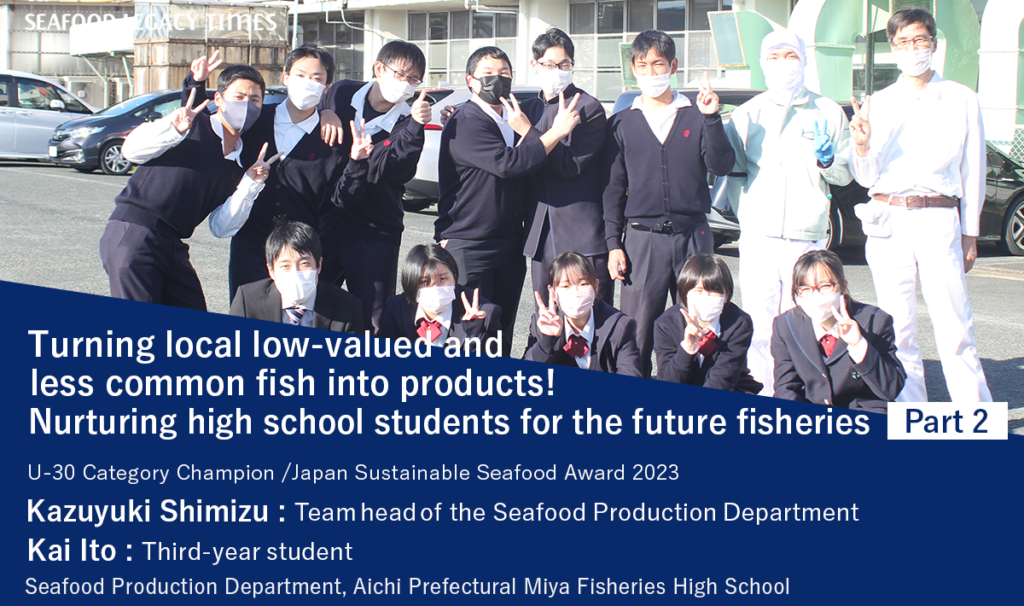
-1024x606.png)


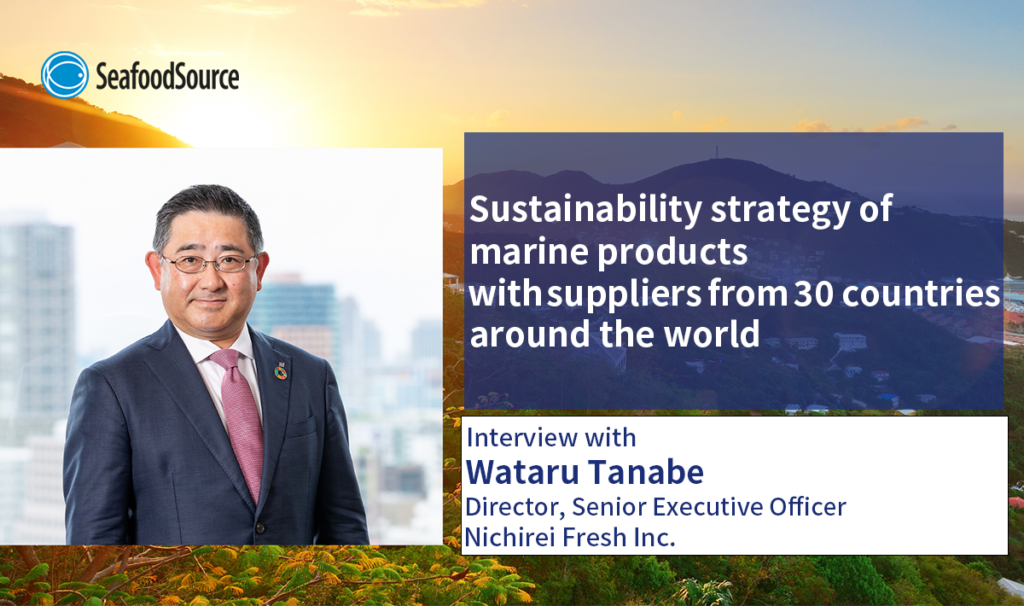
_-1024x606.png)

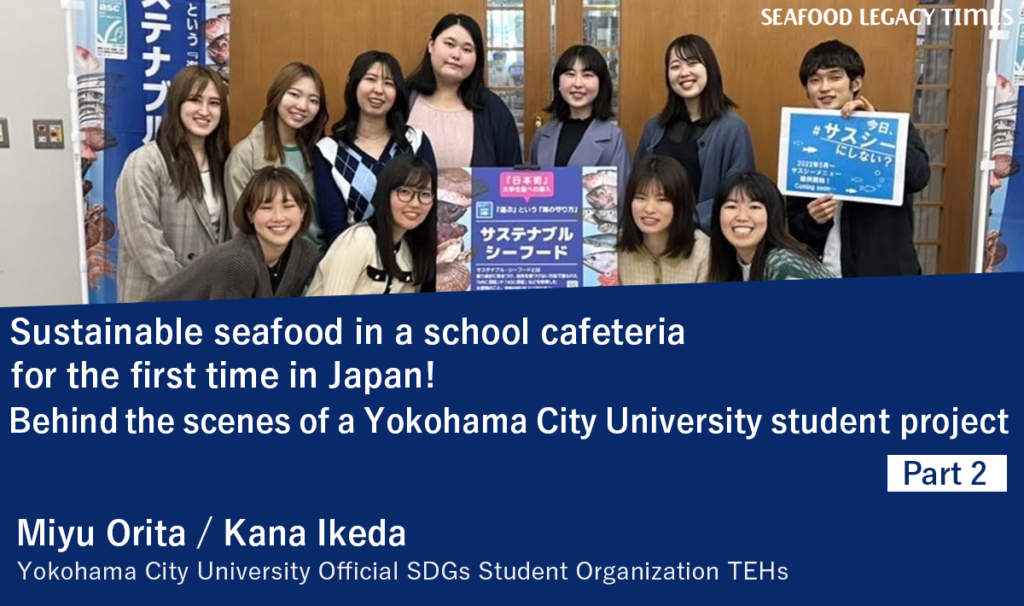
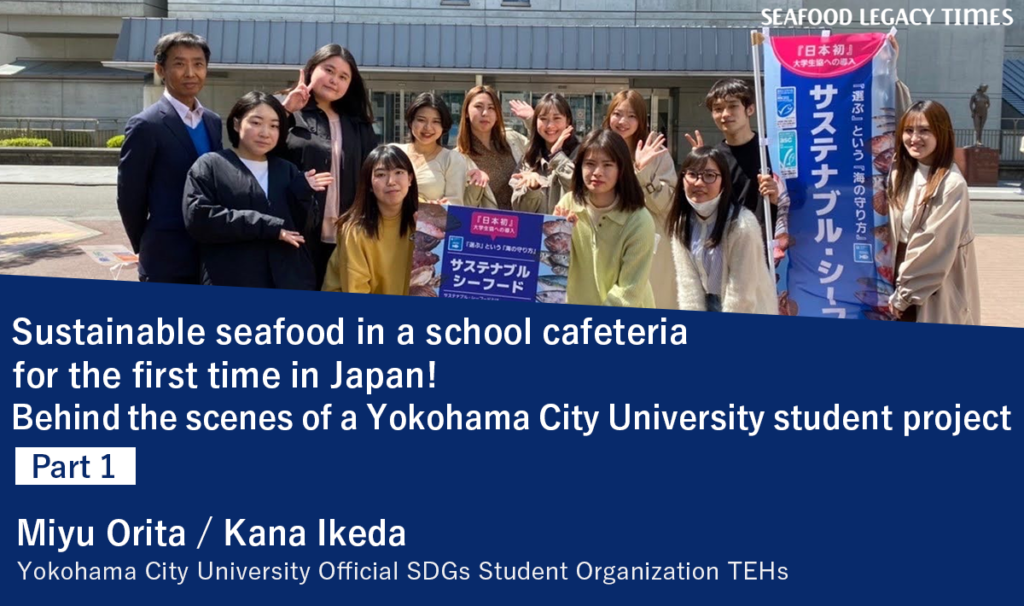
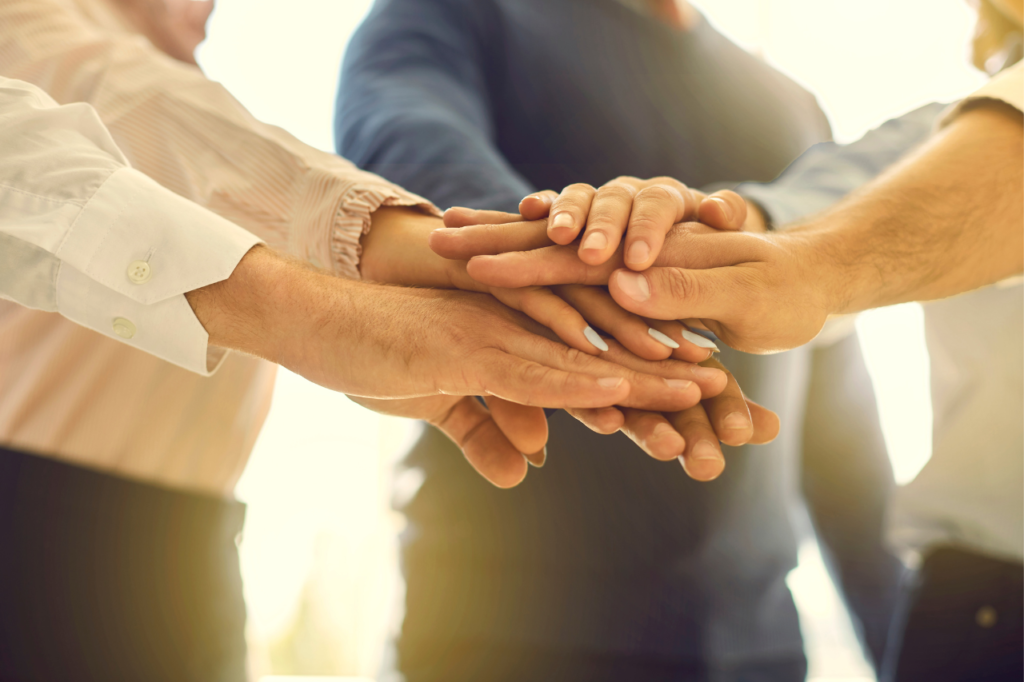


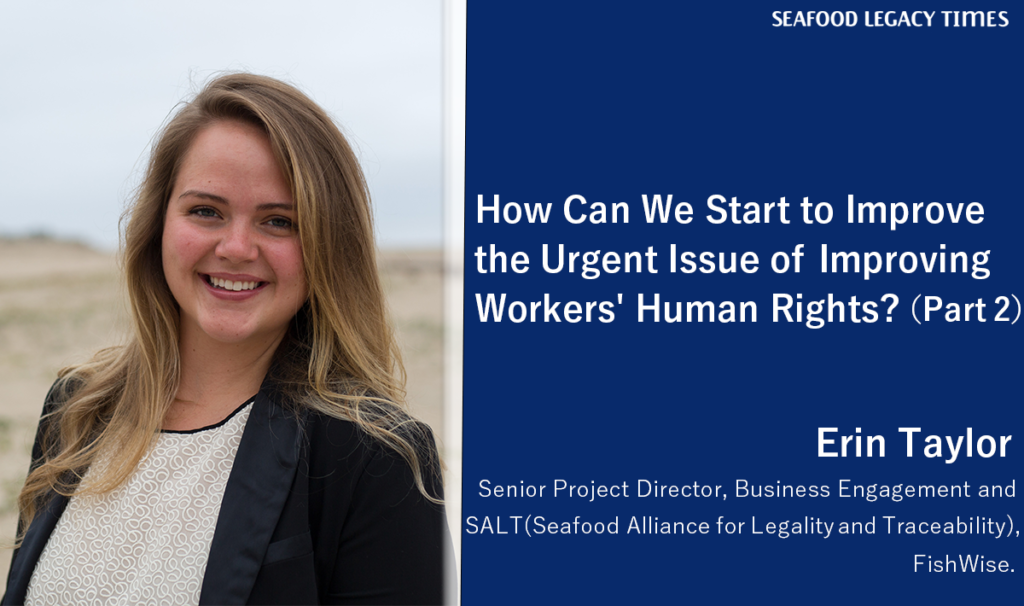
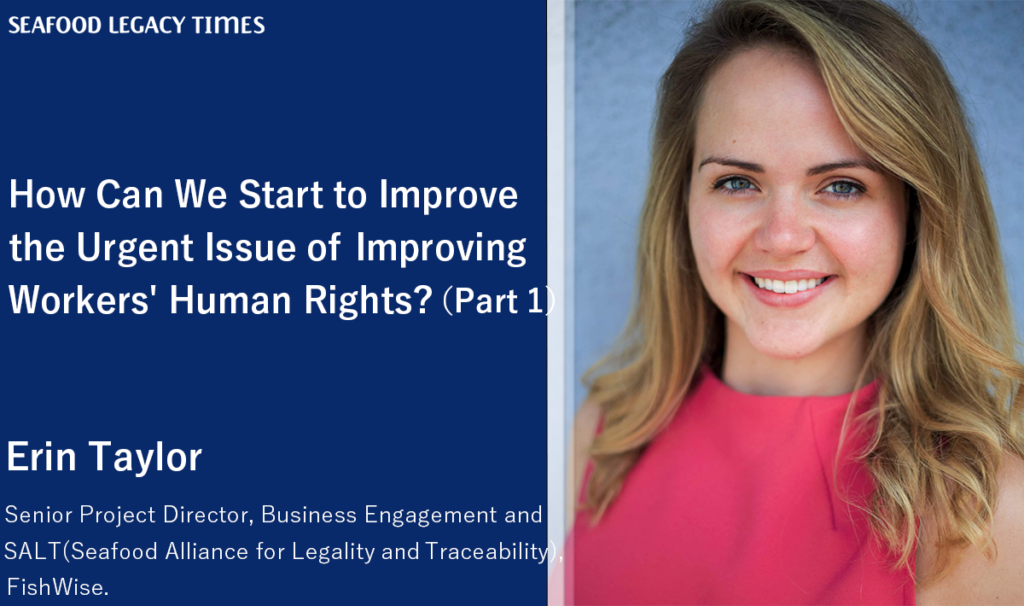
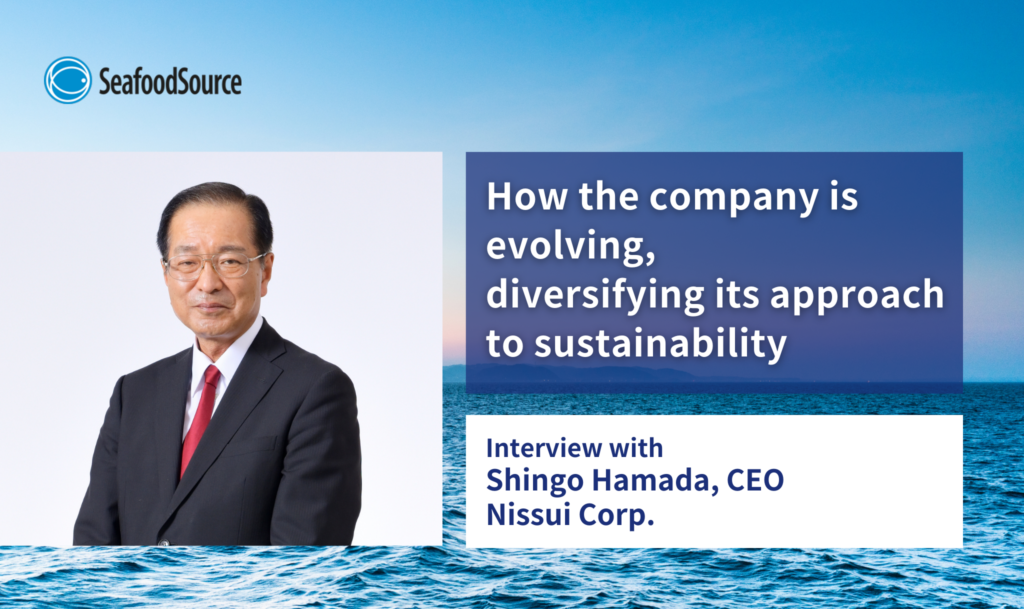




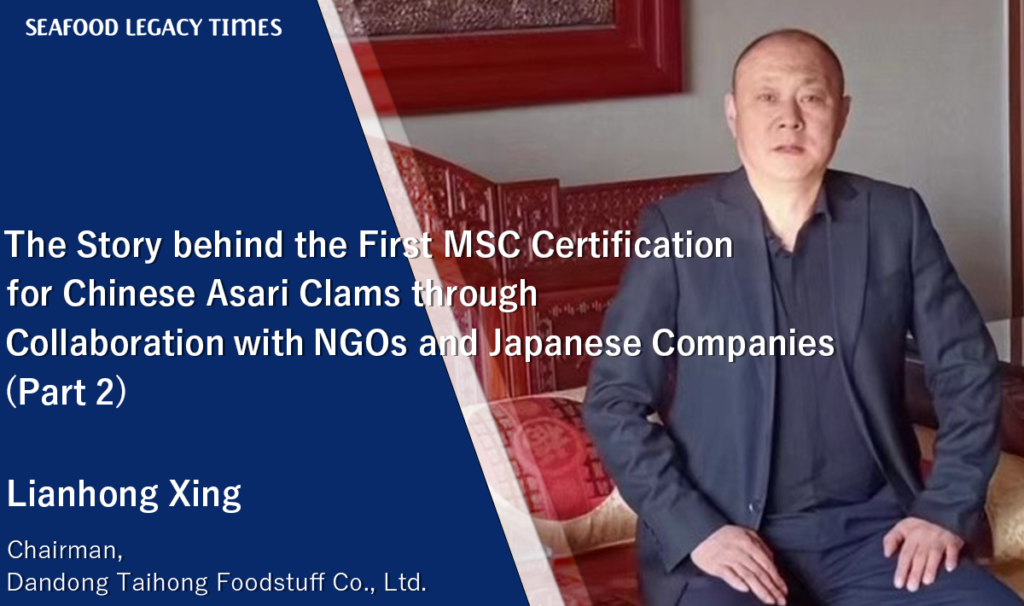
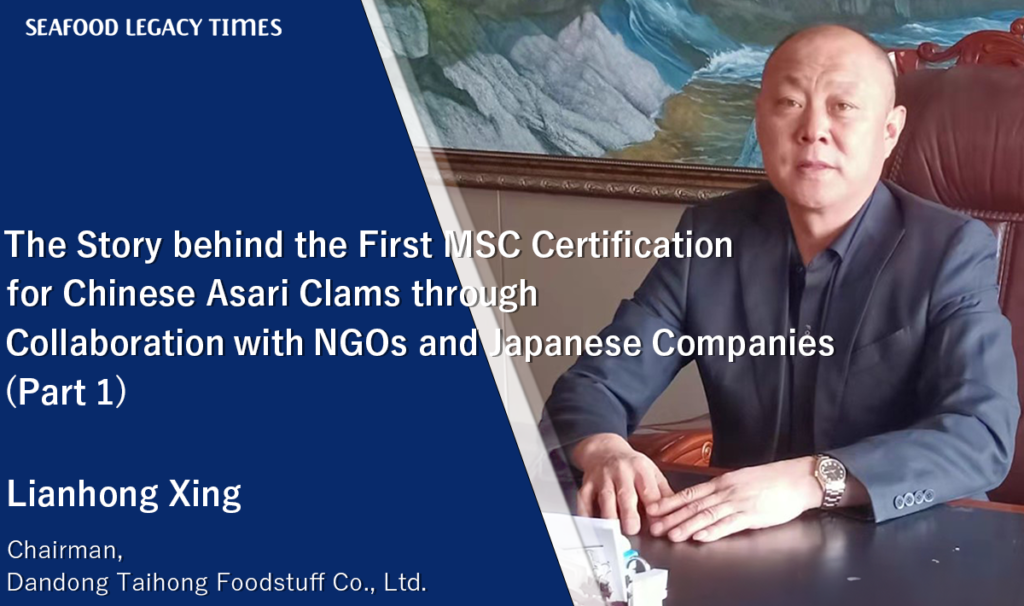

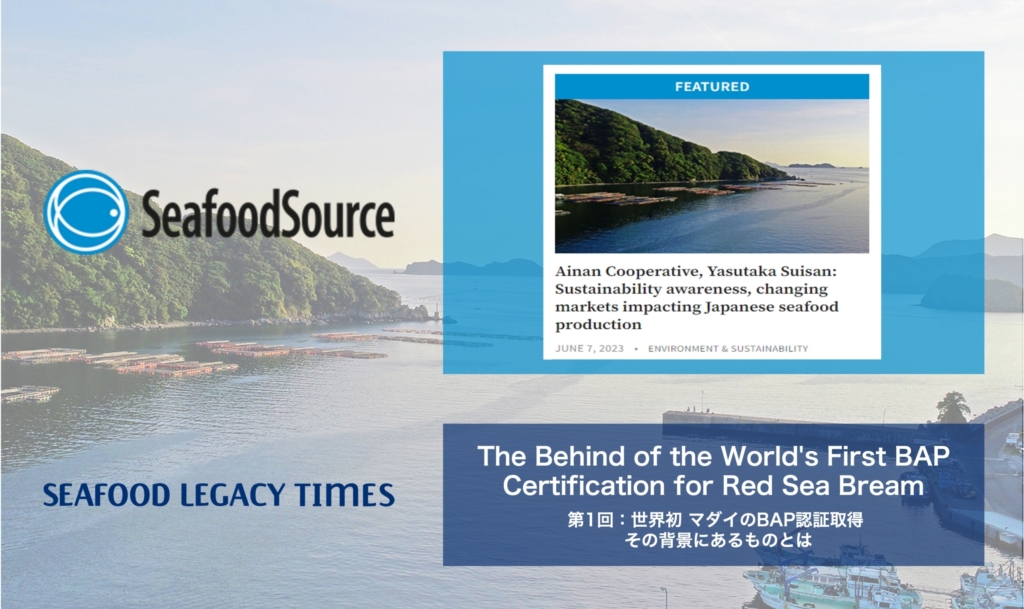

1_修正524-1024x606.png)


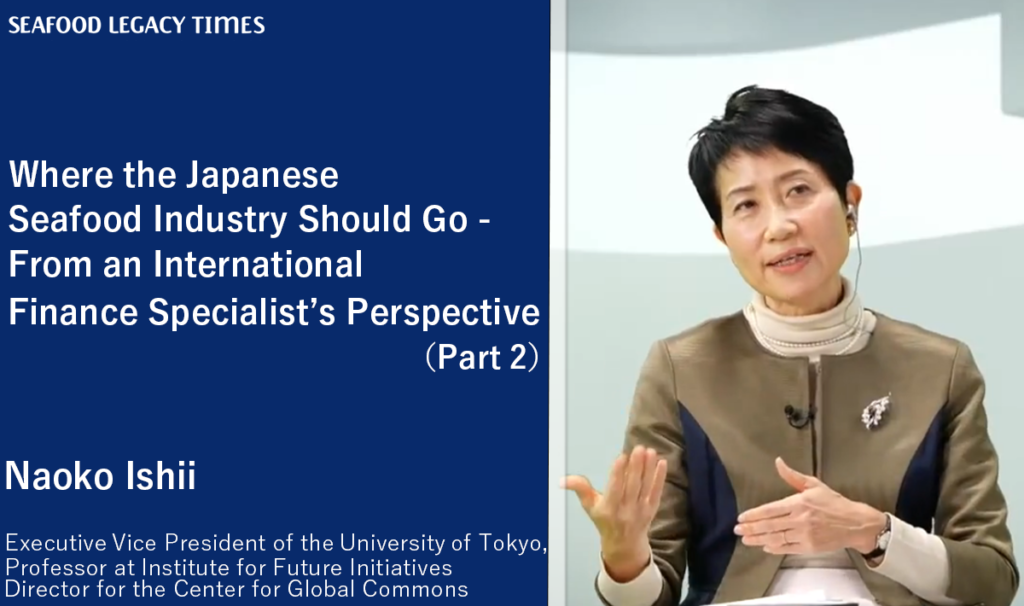







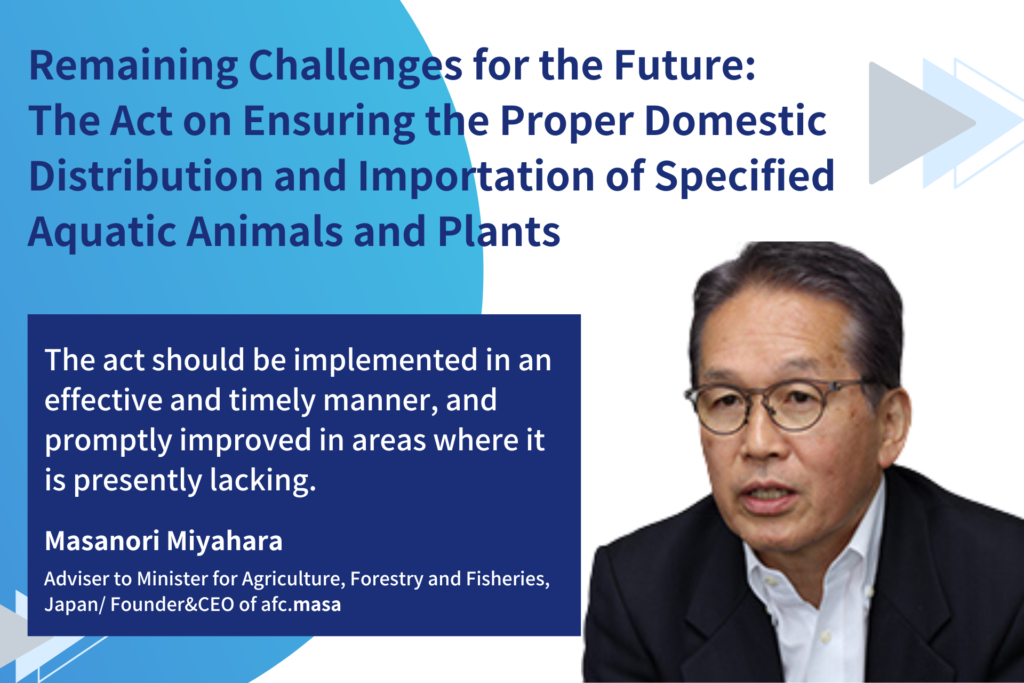
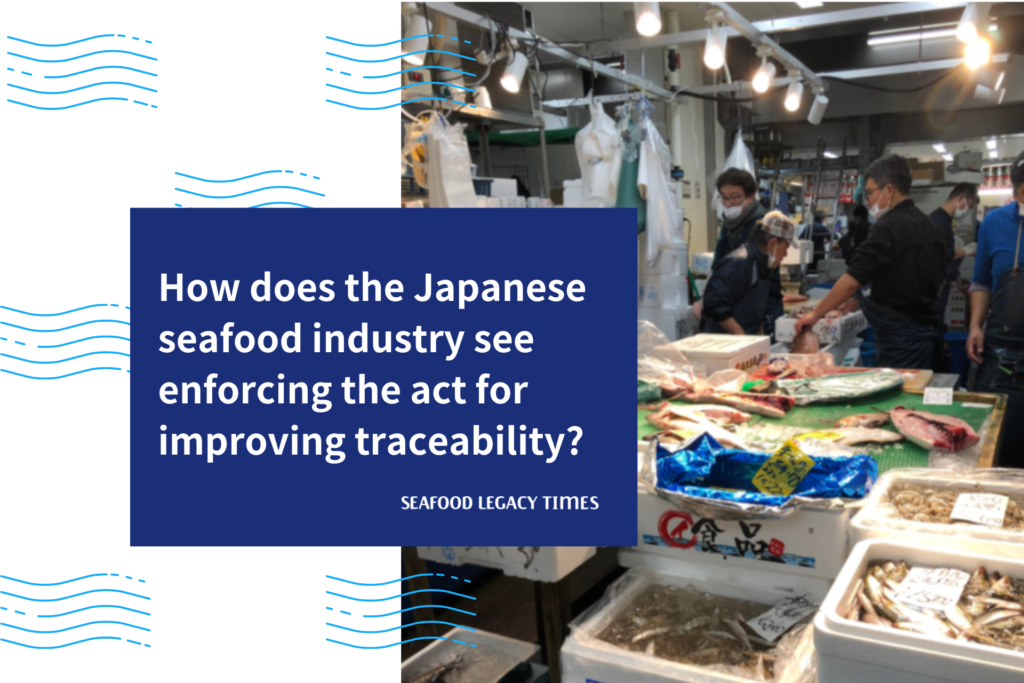



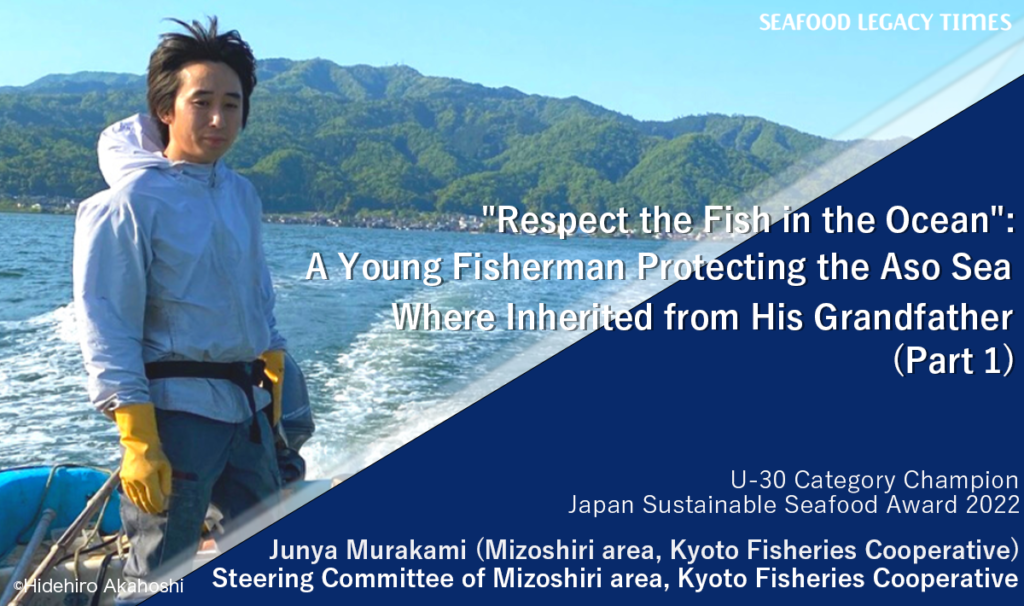
.2-1024x606.png)
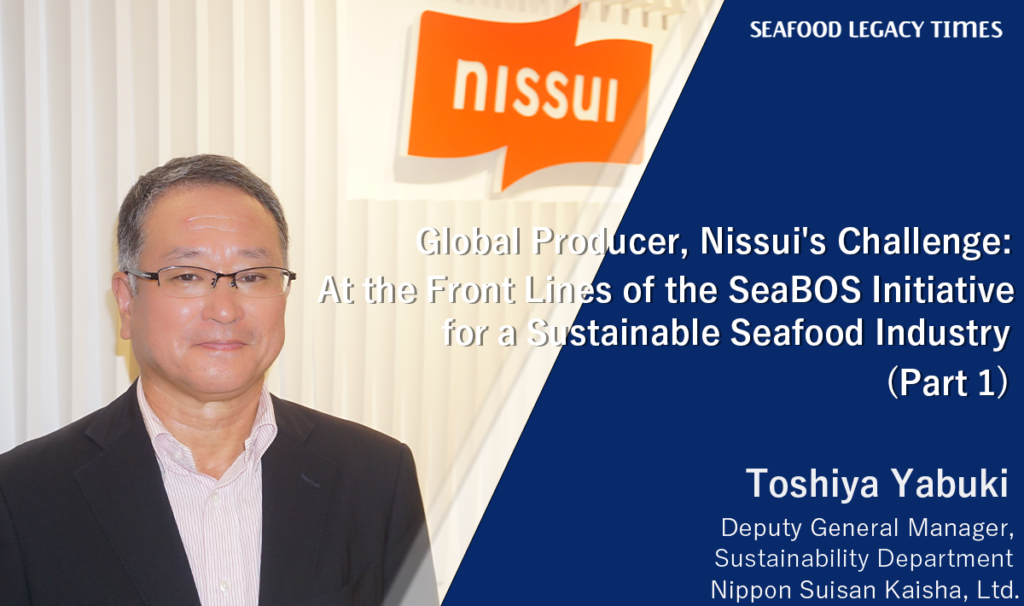
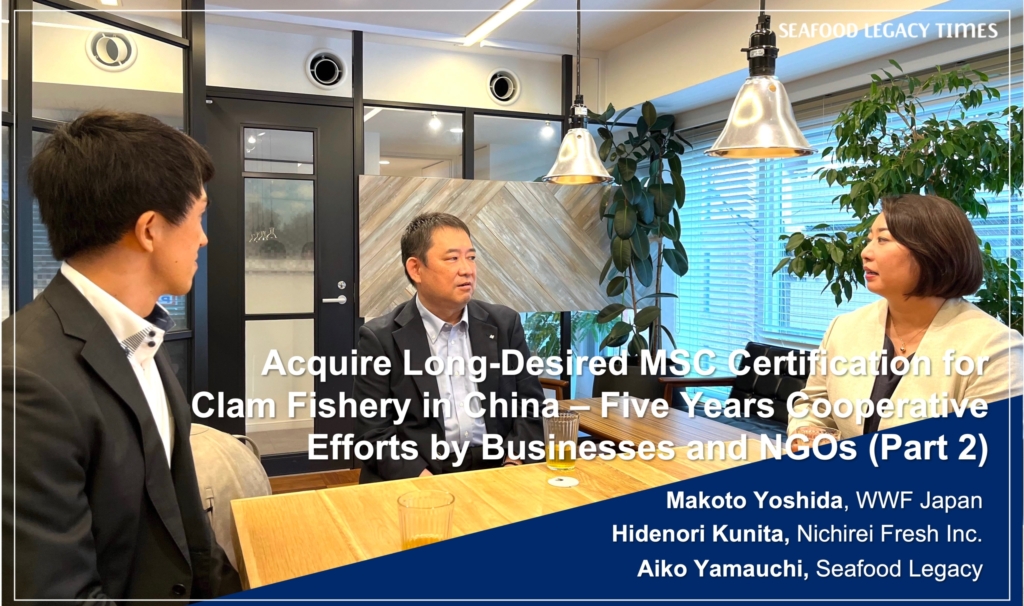
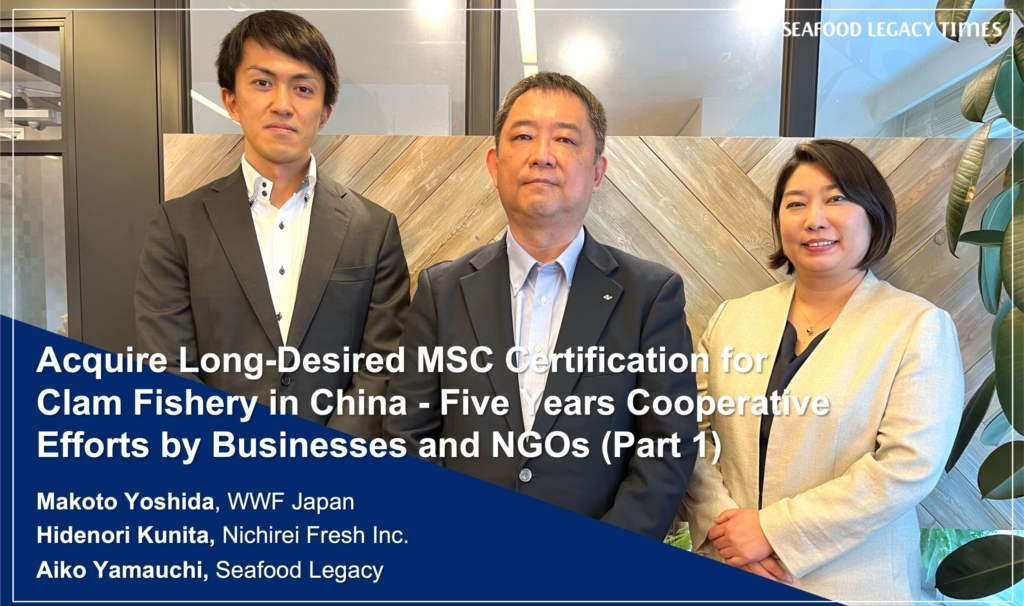






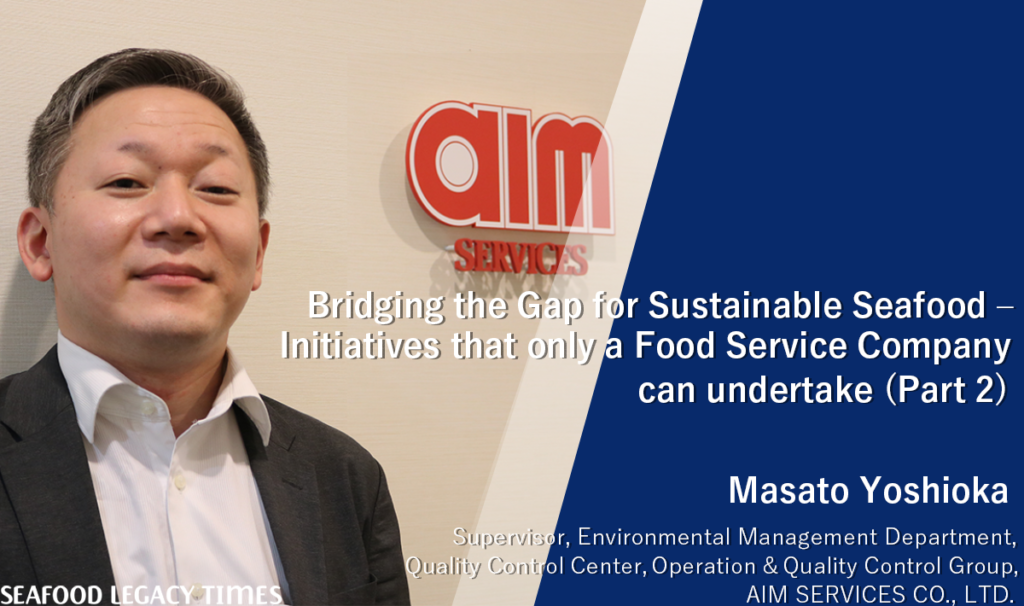
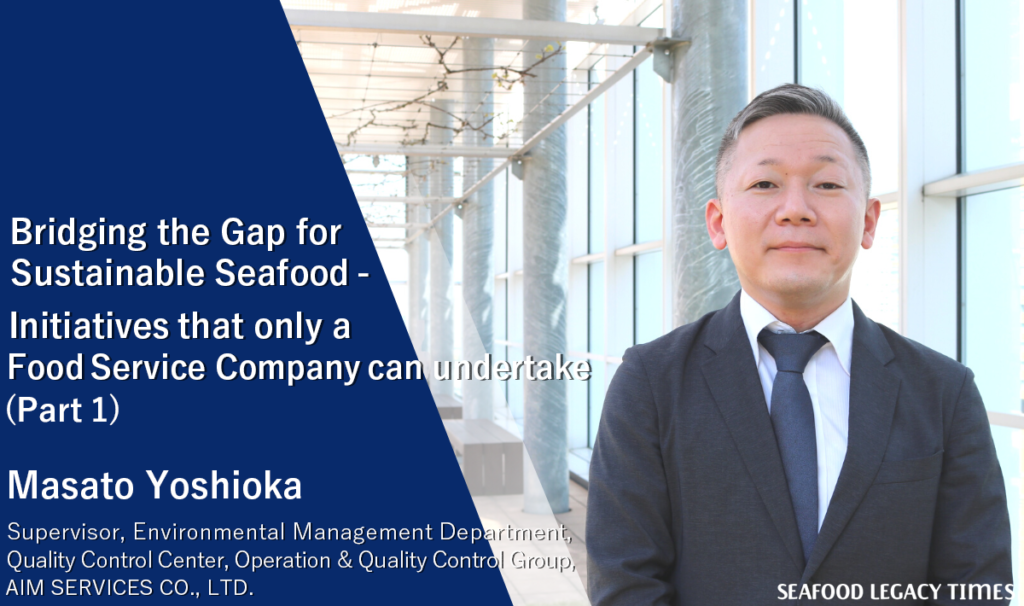
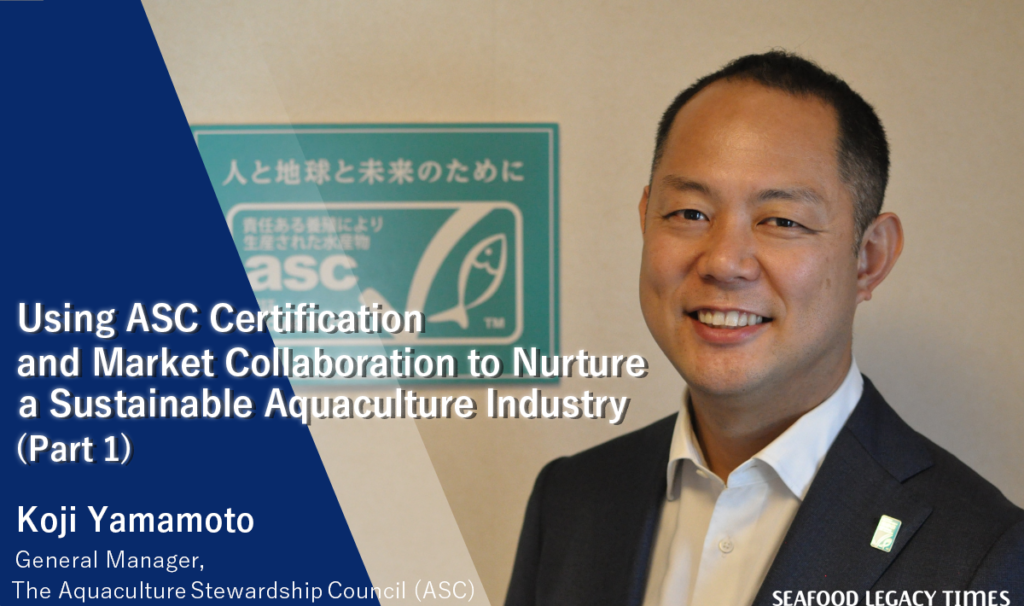
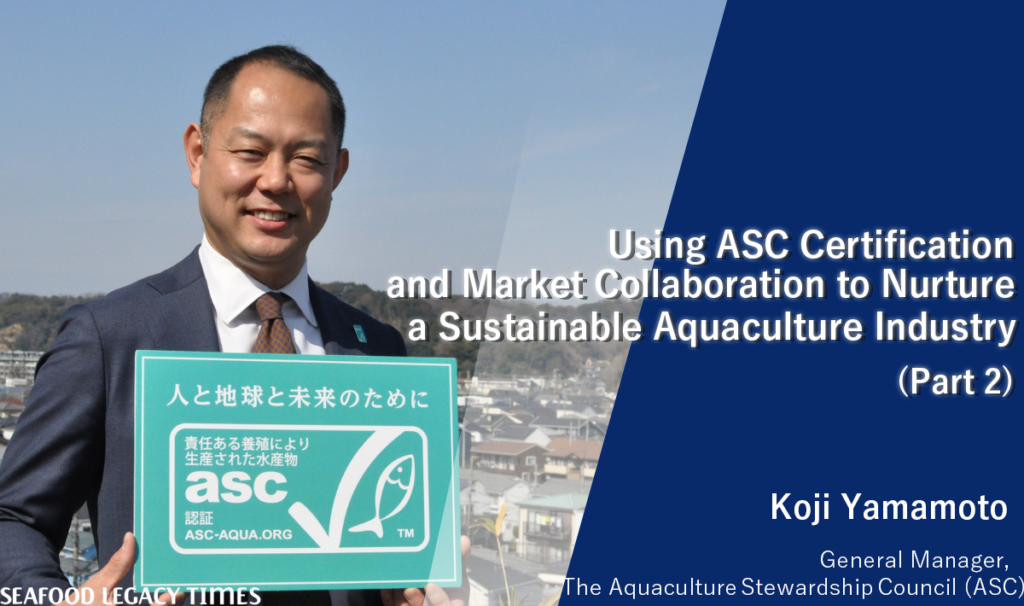
2-1024x606.png)
-1-1024x606.png)
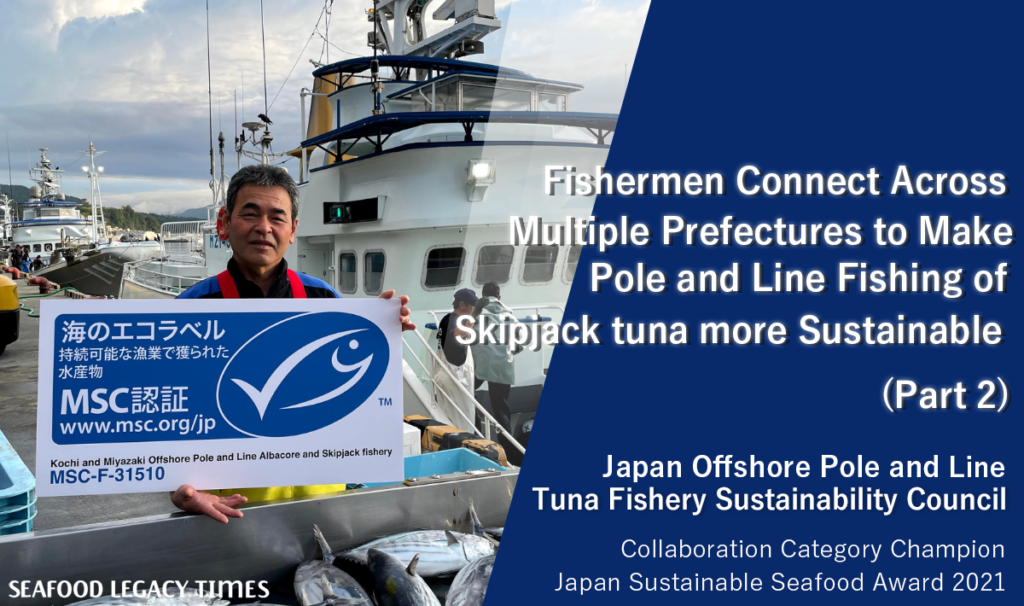
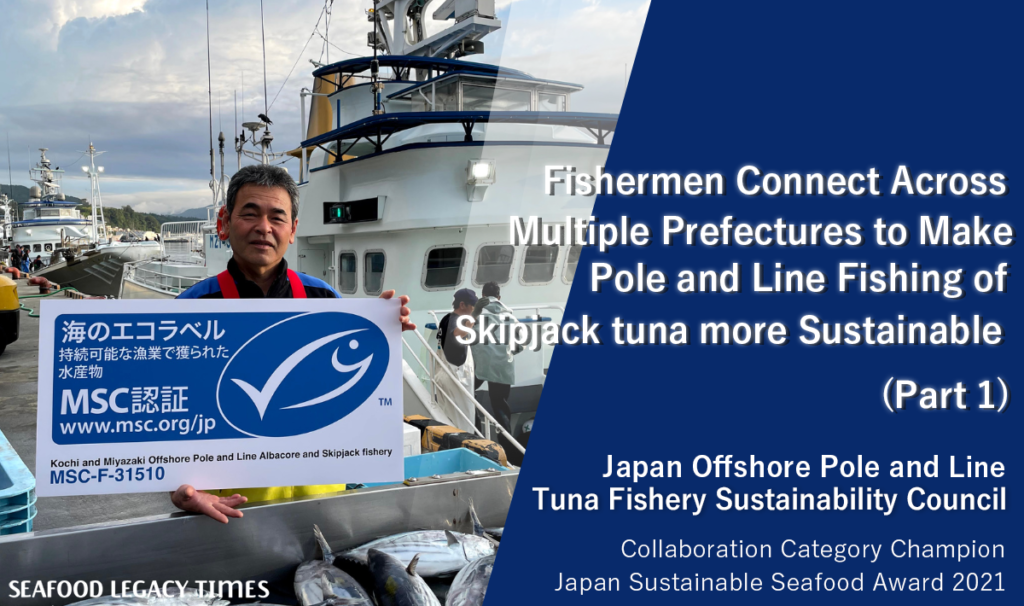
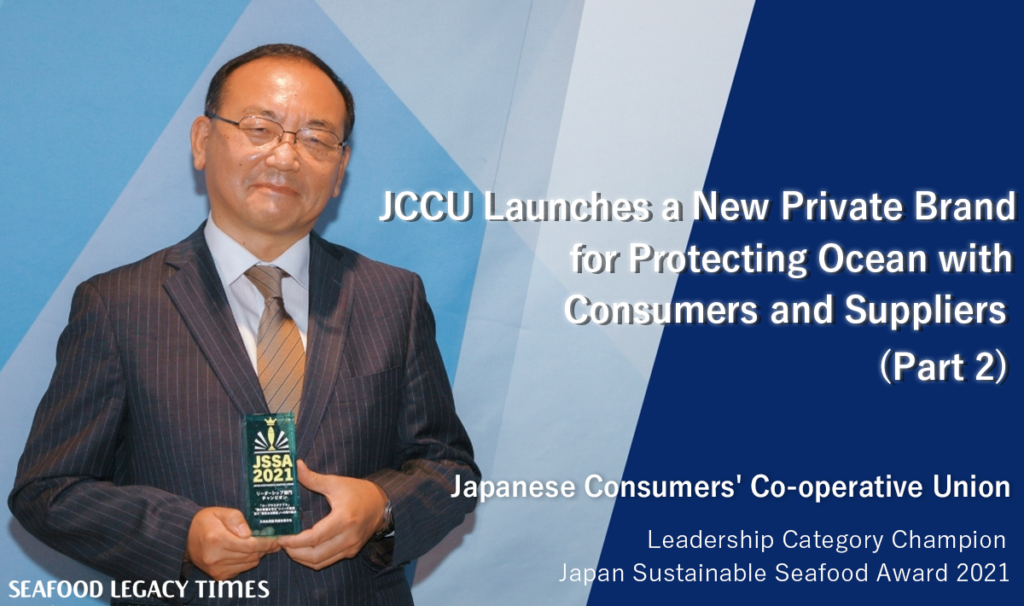
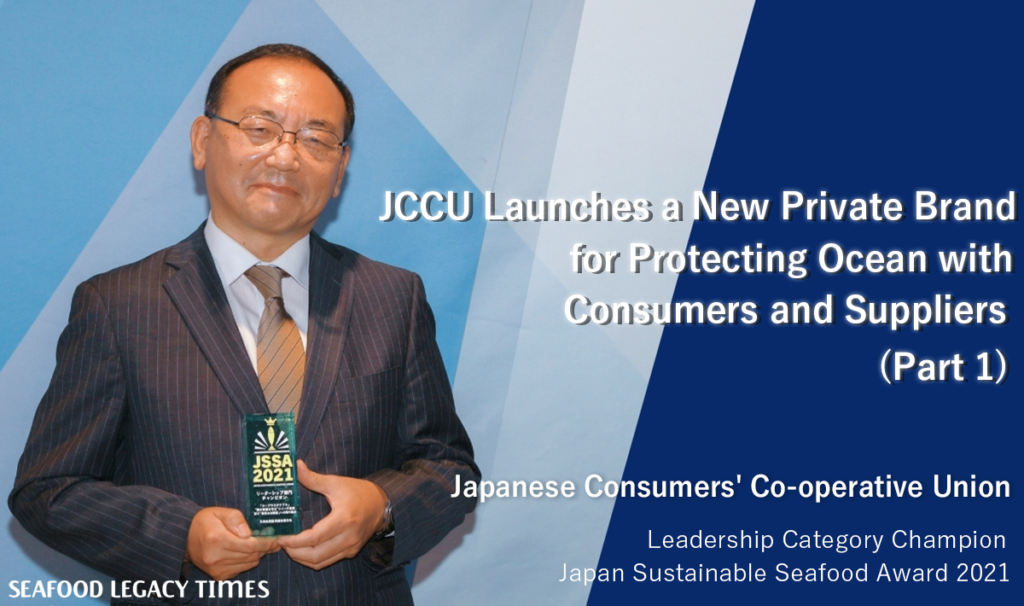
Part2-1024x606.png)
Part1-1024x606.png)
